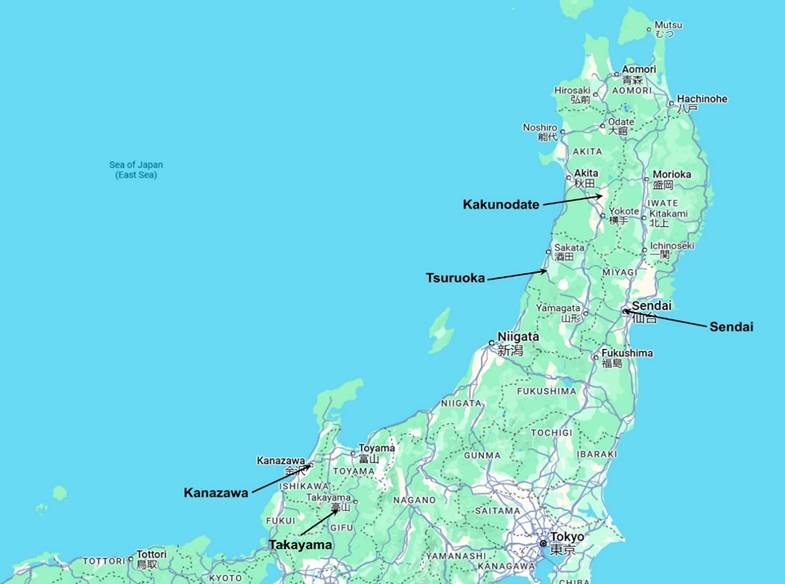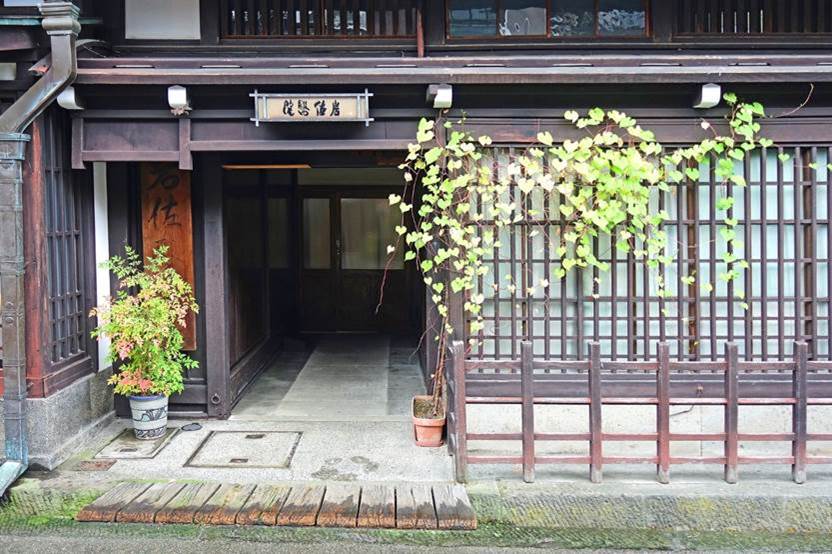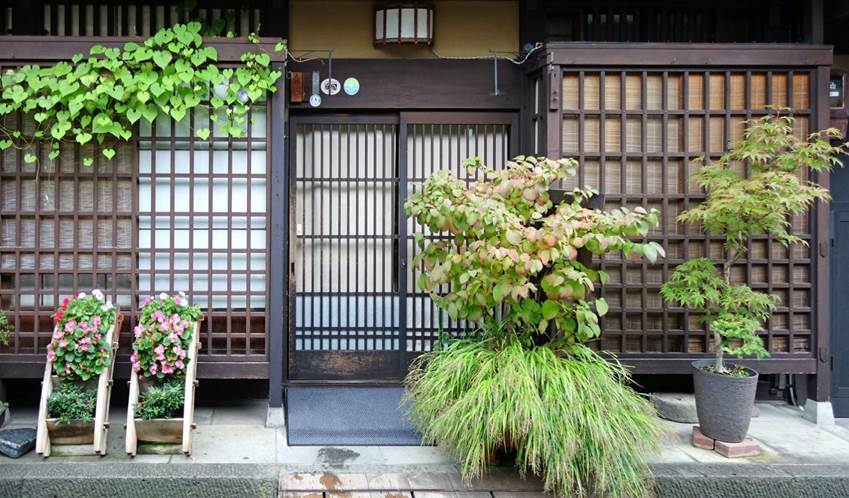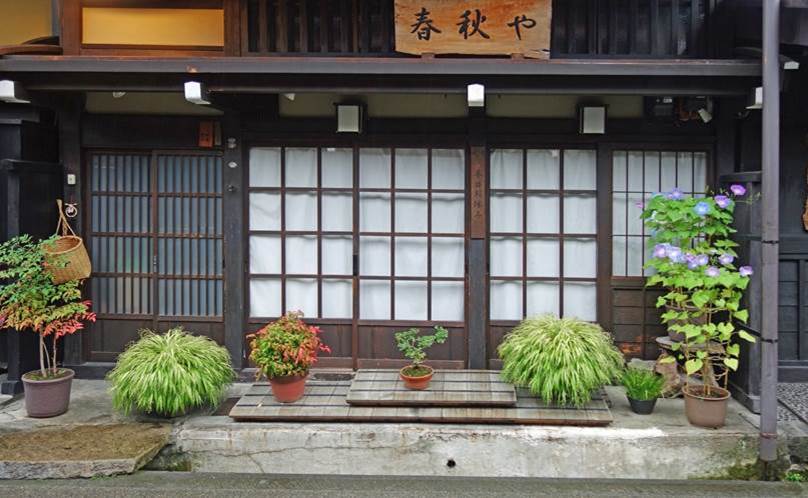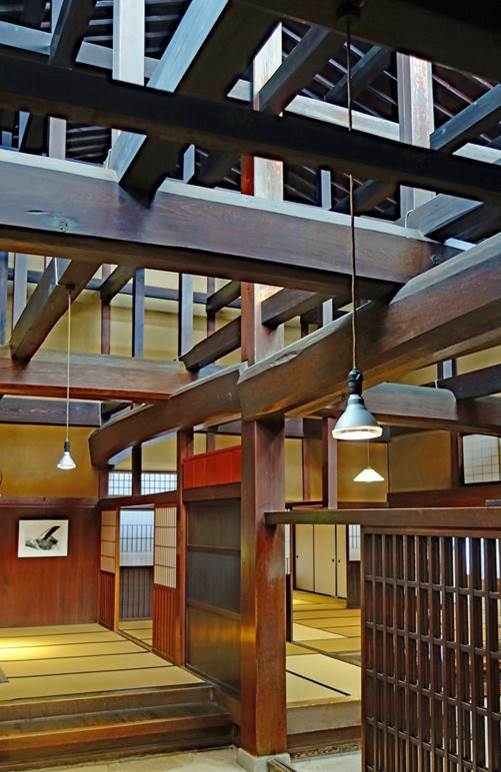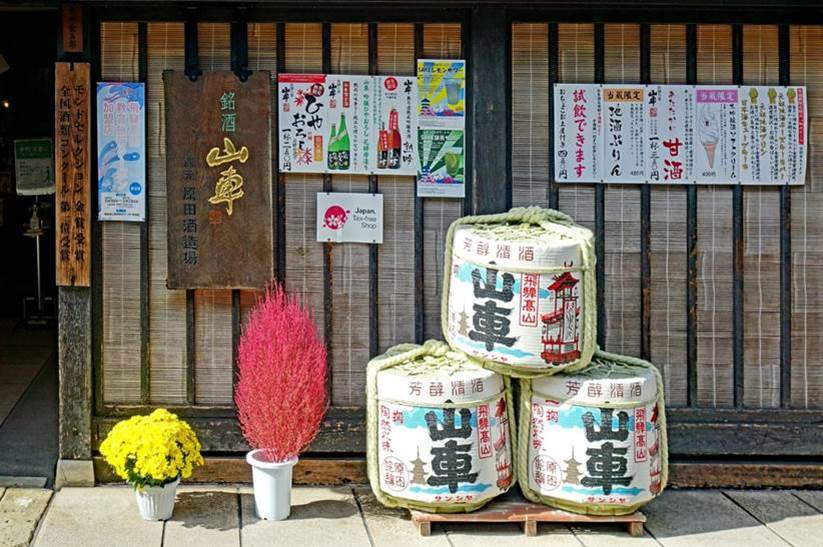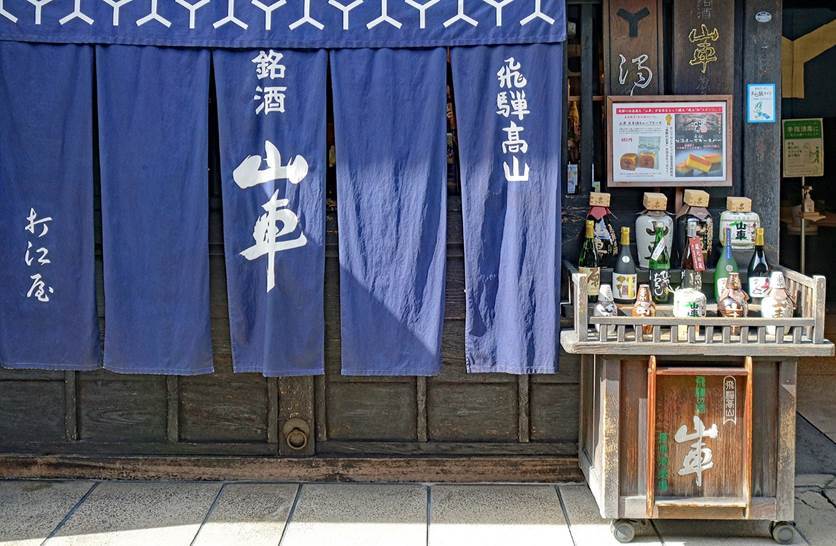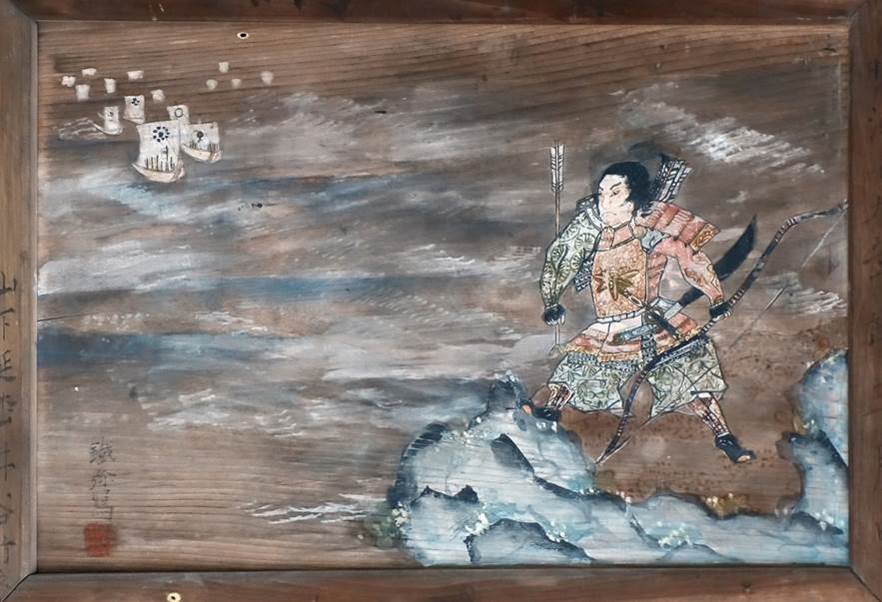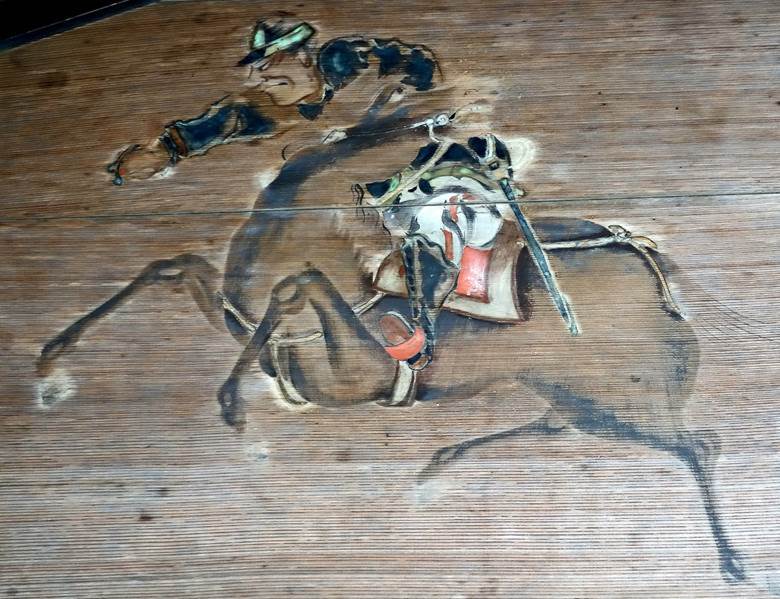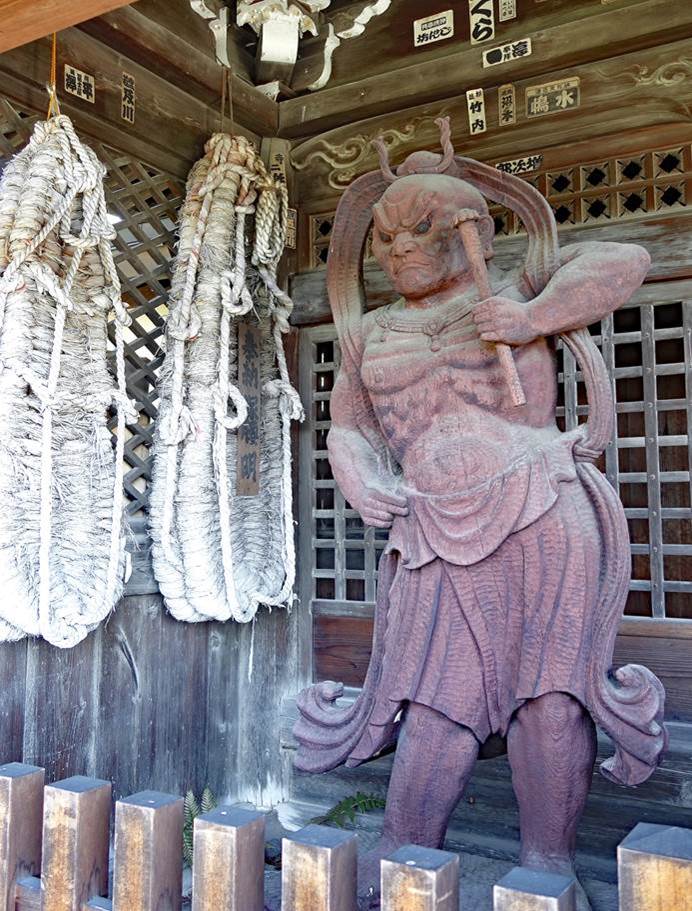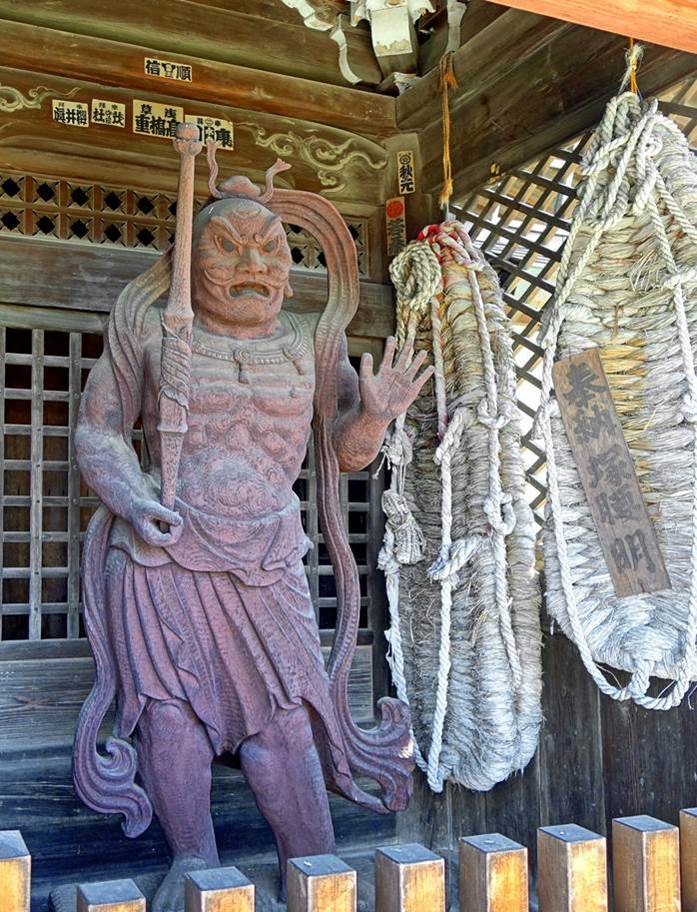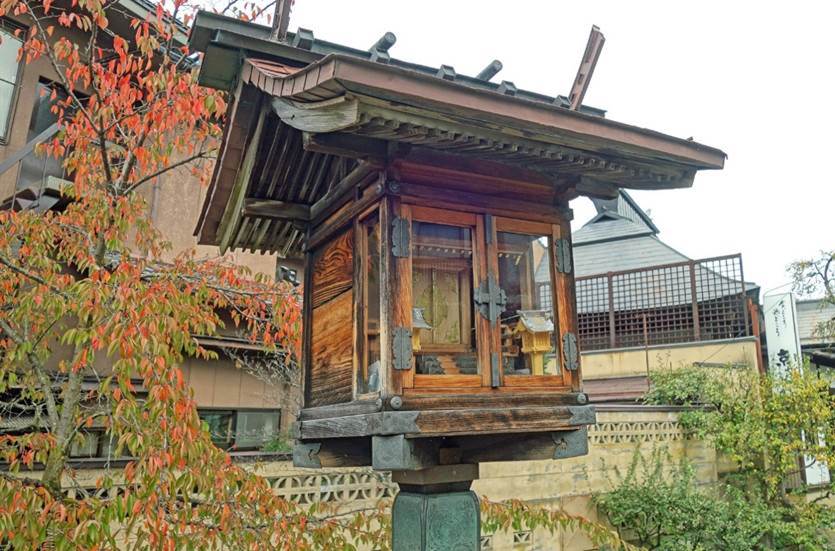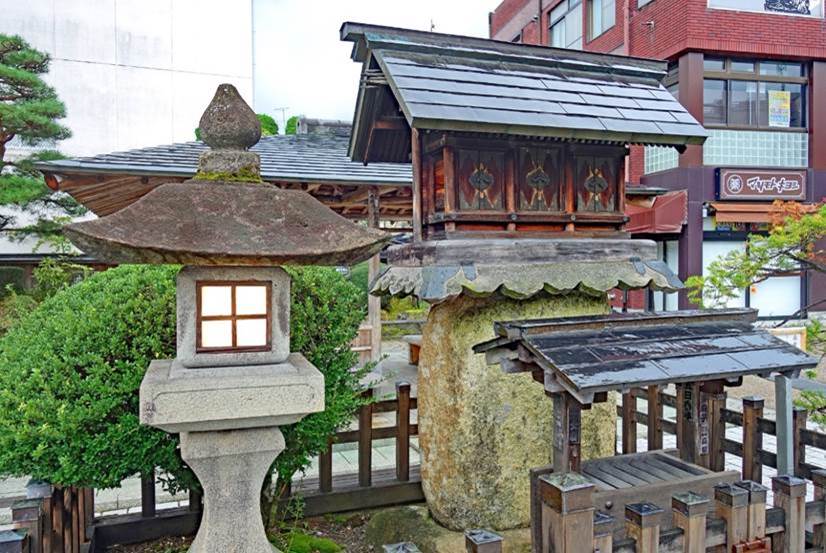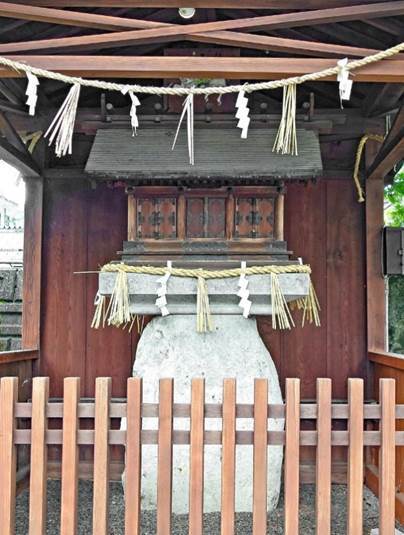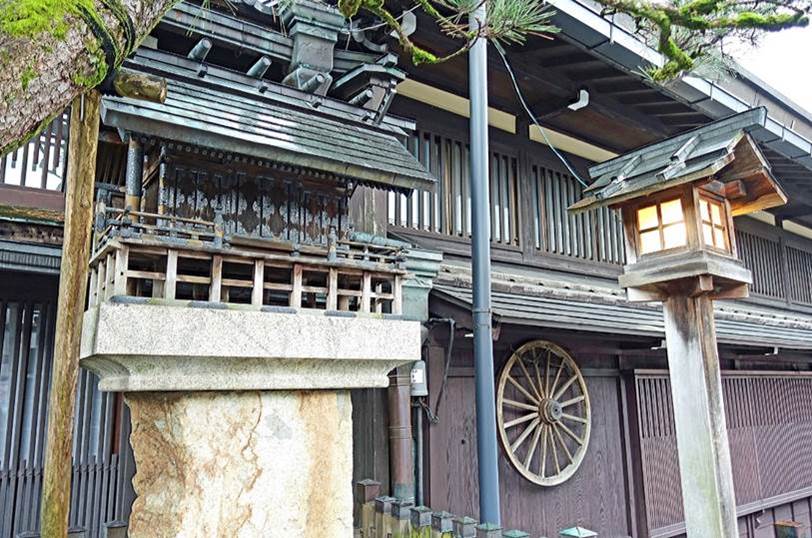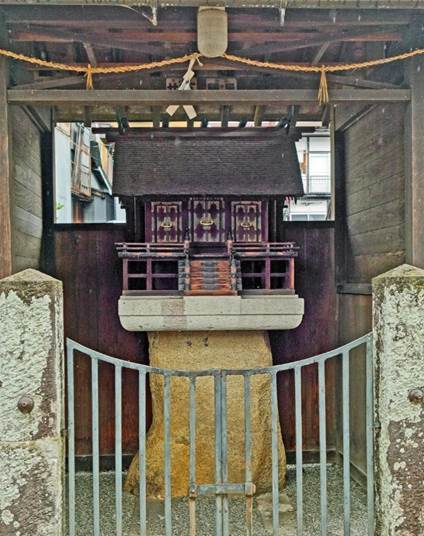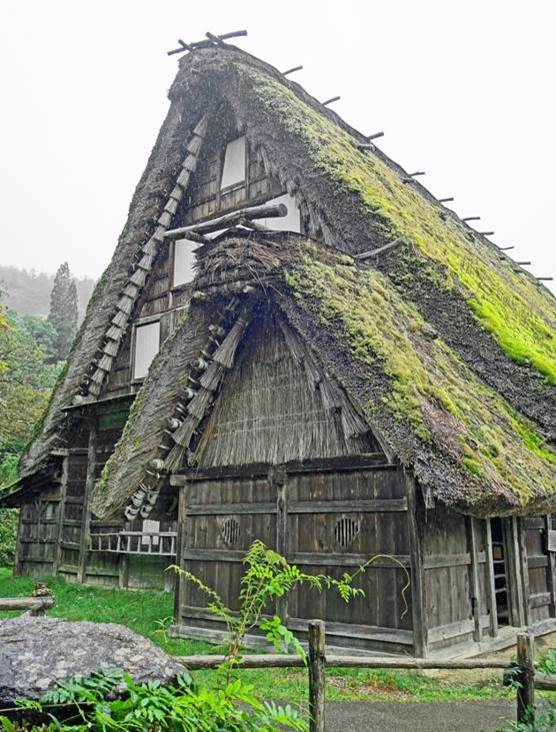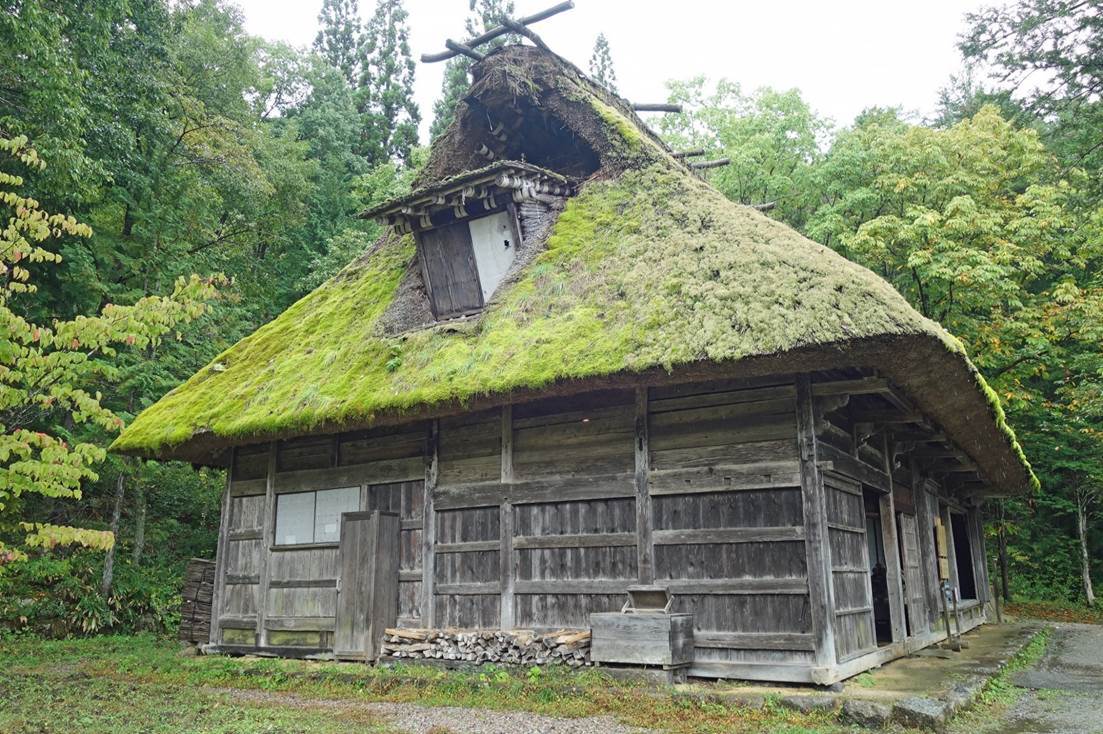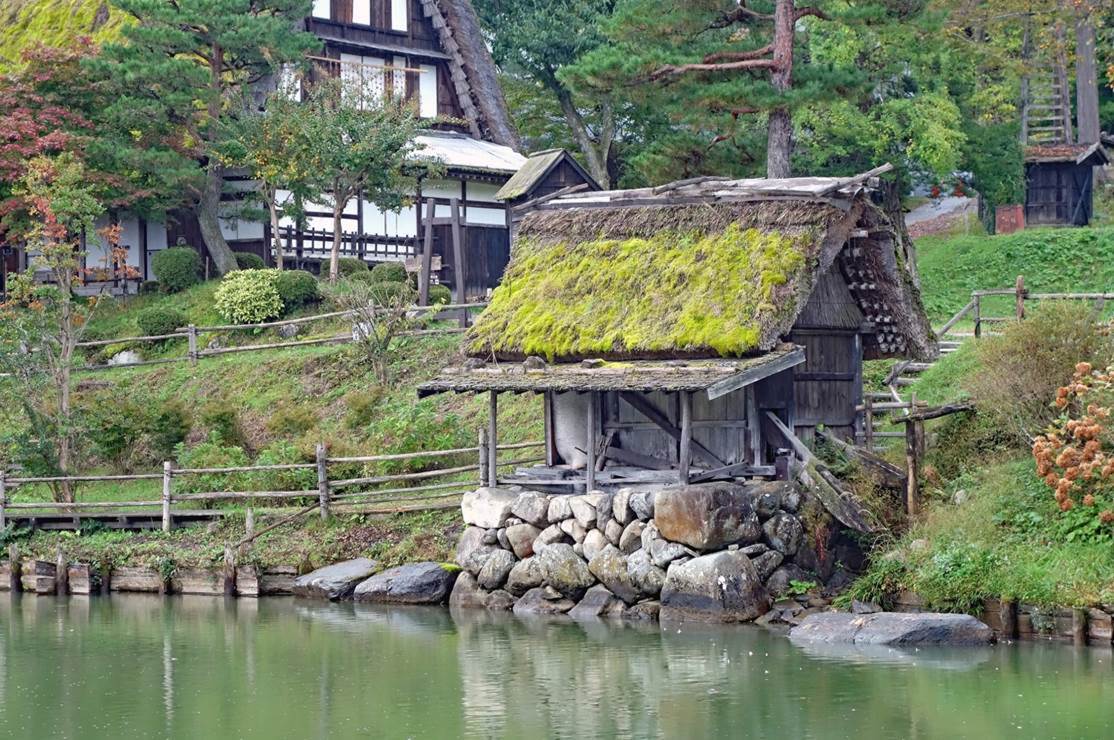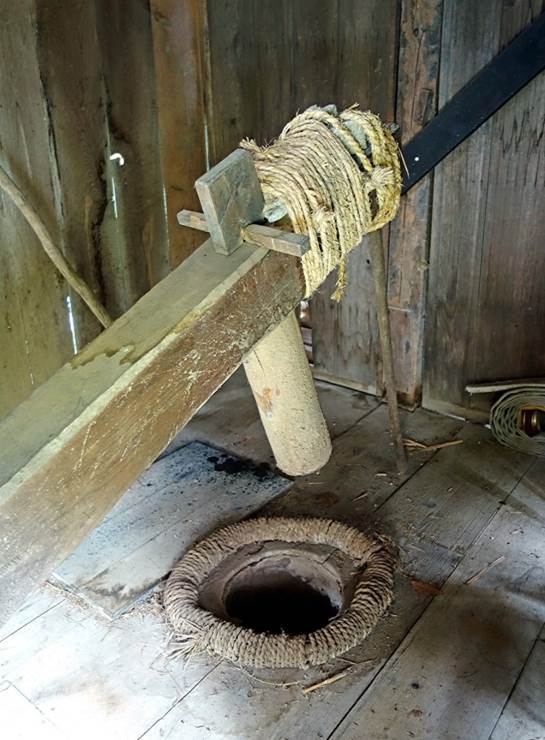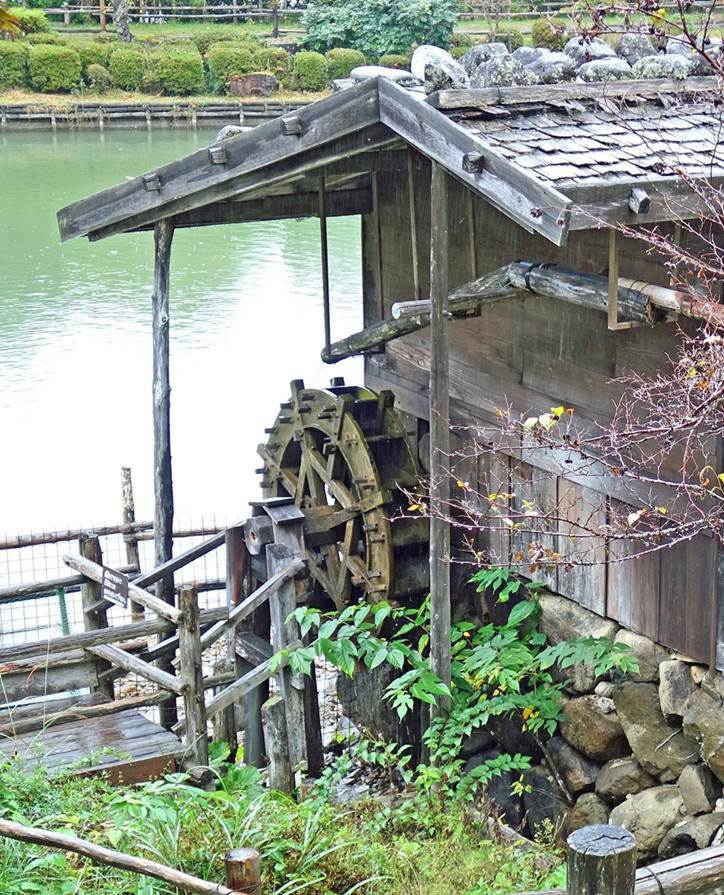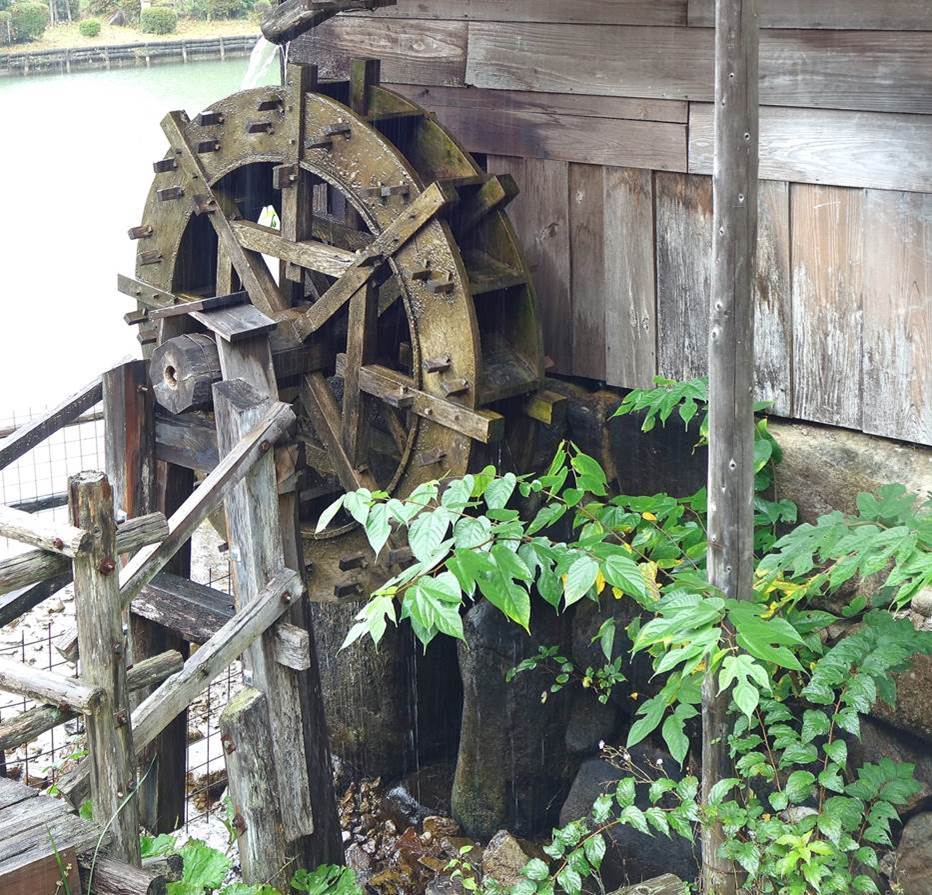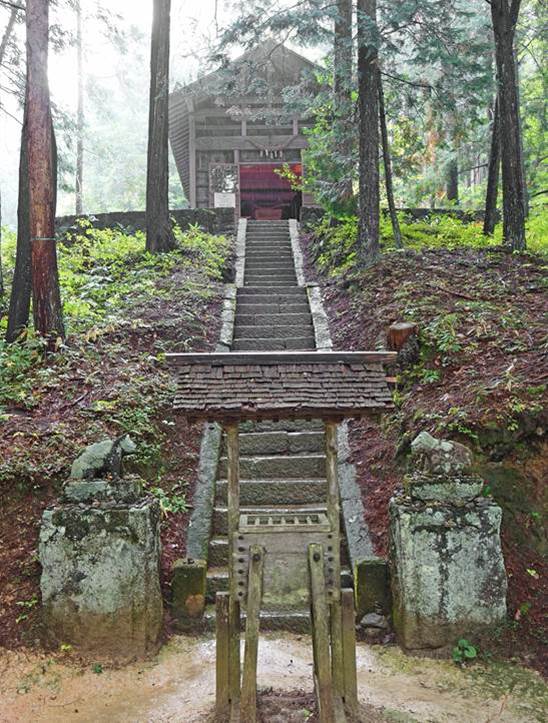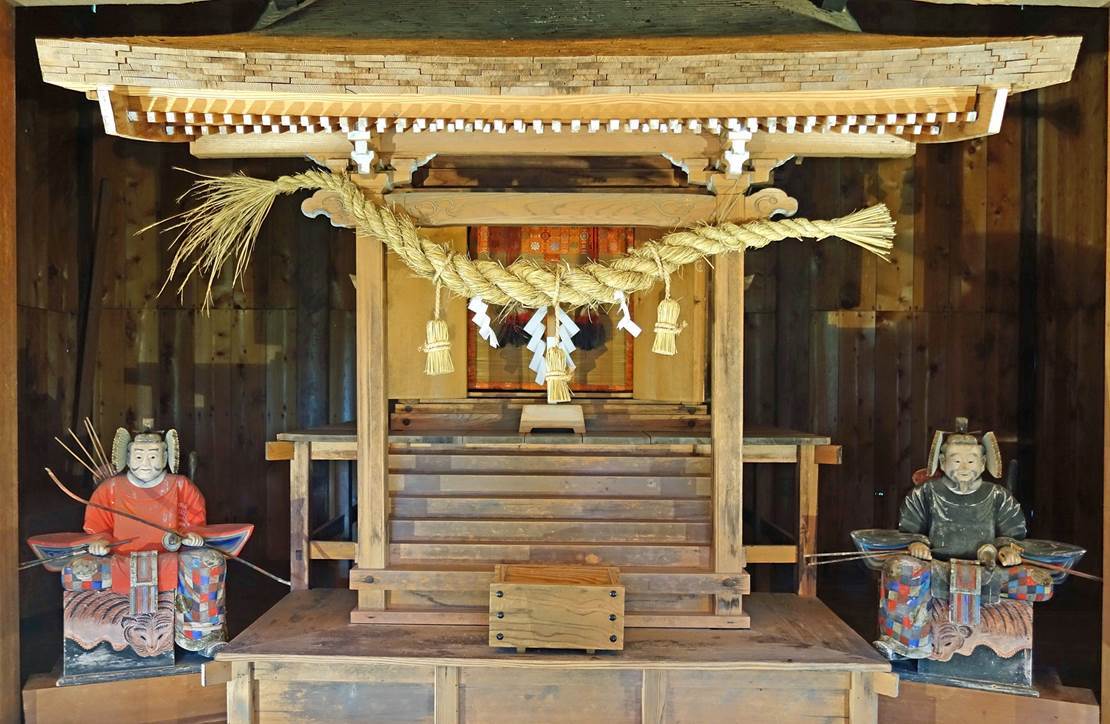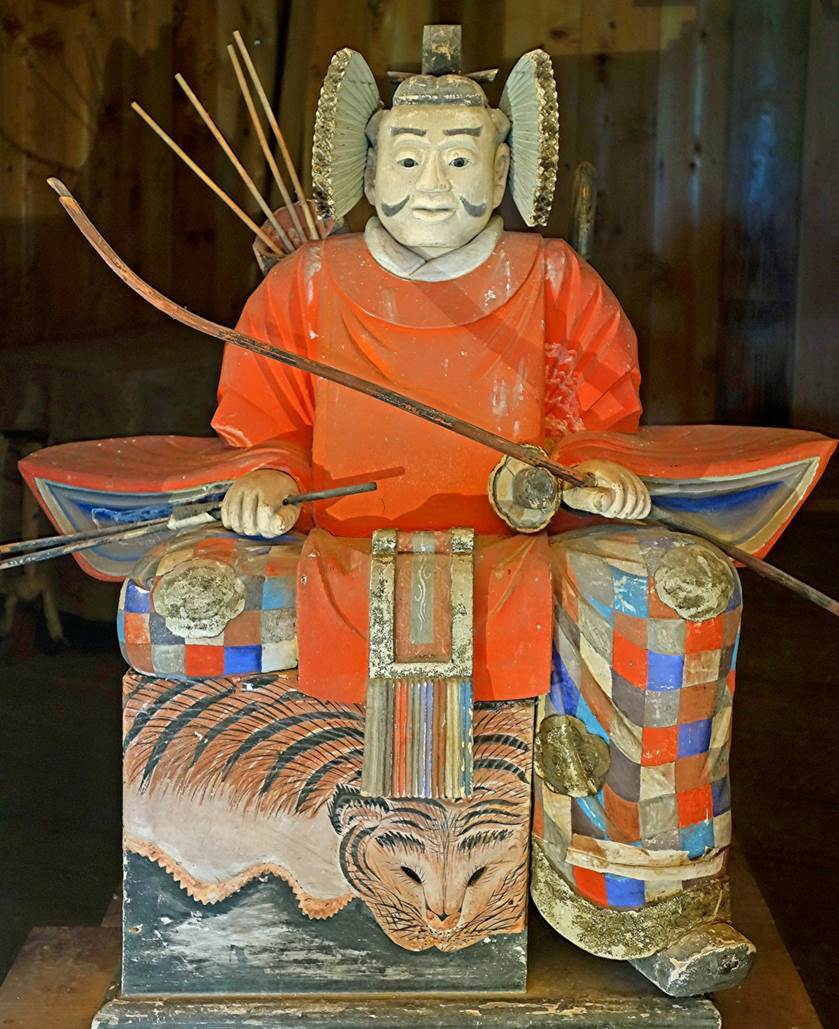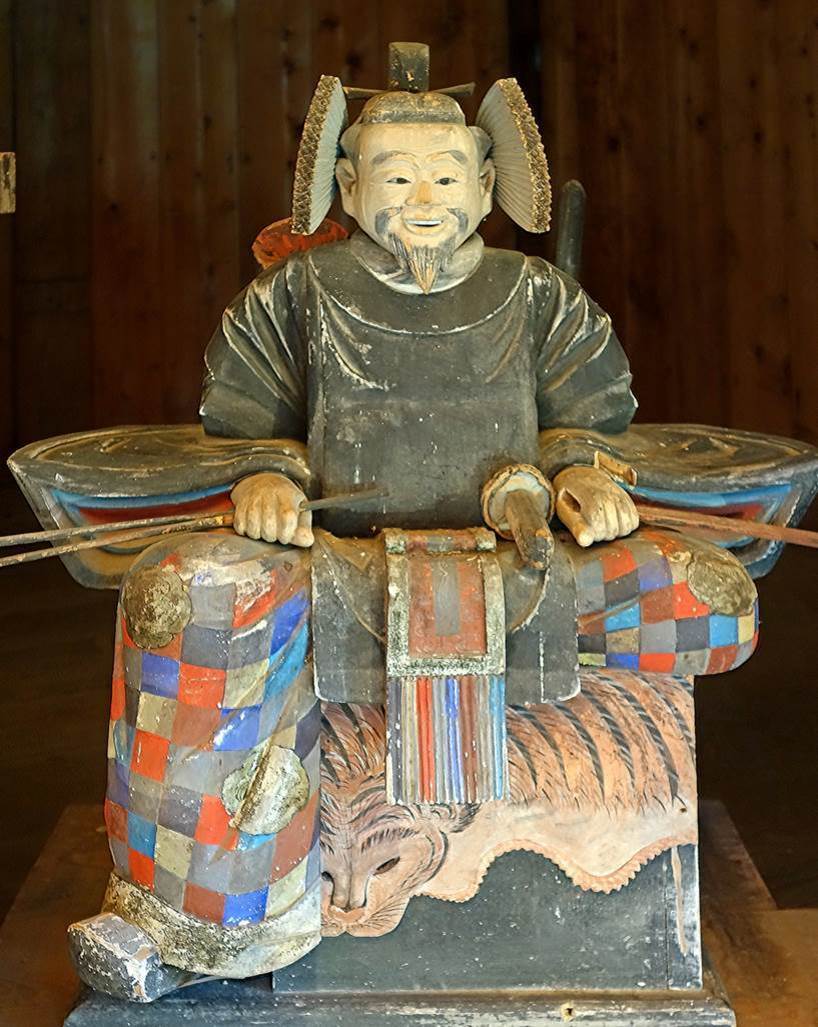Takayama
Central-Western Honshu, Japan (October
2024)
![]()
Back to main Japan October 2024 page
|
|
|
Takayama is a
former castle town located 70km southeast of Kanazawa, 650m above sea level in
a valley surrounded by the Hida Mountains (the largest of the three ranges than
make up the Japanese Alps). Because of its high-quality timber and skilled
carpenters, the Tokugawa shogunate brought the Takayama domain under its direct
control in 1692. Many local residents then went to work in major cities of
Japan, where they built temples and residences. Returning home, they applied
their craft skills in their own town. So today, despite its small size,
Takayama has much to offer visitors.
In recent
years Takayama has attracted increasing numbers of tourists, both domestic and
foreign. In general, I do not like shooting photos when people in tourist
outfits are in the field of view. When the number of tourists is low, I
exercise my patience and wait until the field of view is clear of them. But
this is not possible in the old narrow streets of Takayama that are regularly
filled with dozens, even hundreds of tourists. Fortunately, during my visit,
these streets were only crowded from about 9am to 5pm. Surprisingly, the rest
of the time they were almost empty. Better yet, from about 7am to 8am they were
completely empty. This is when I took many of the photos shown below.
Large torii
standing to the north of the old town at the eastern end of the Miyamae bridge,
which crosses the Miyagawa (river).
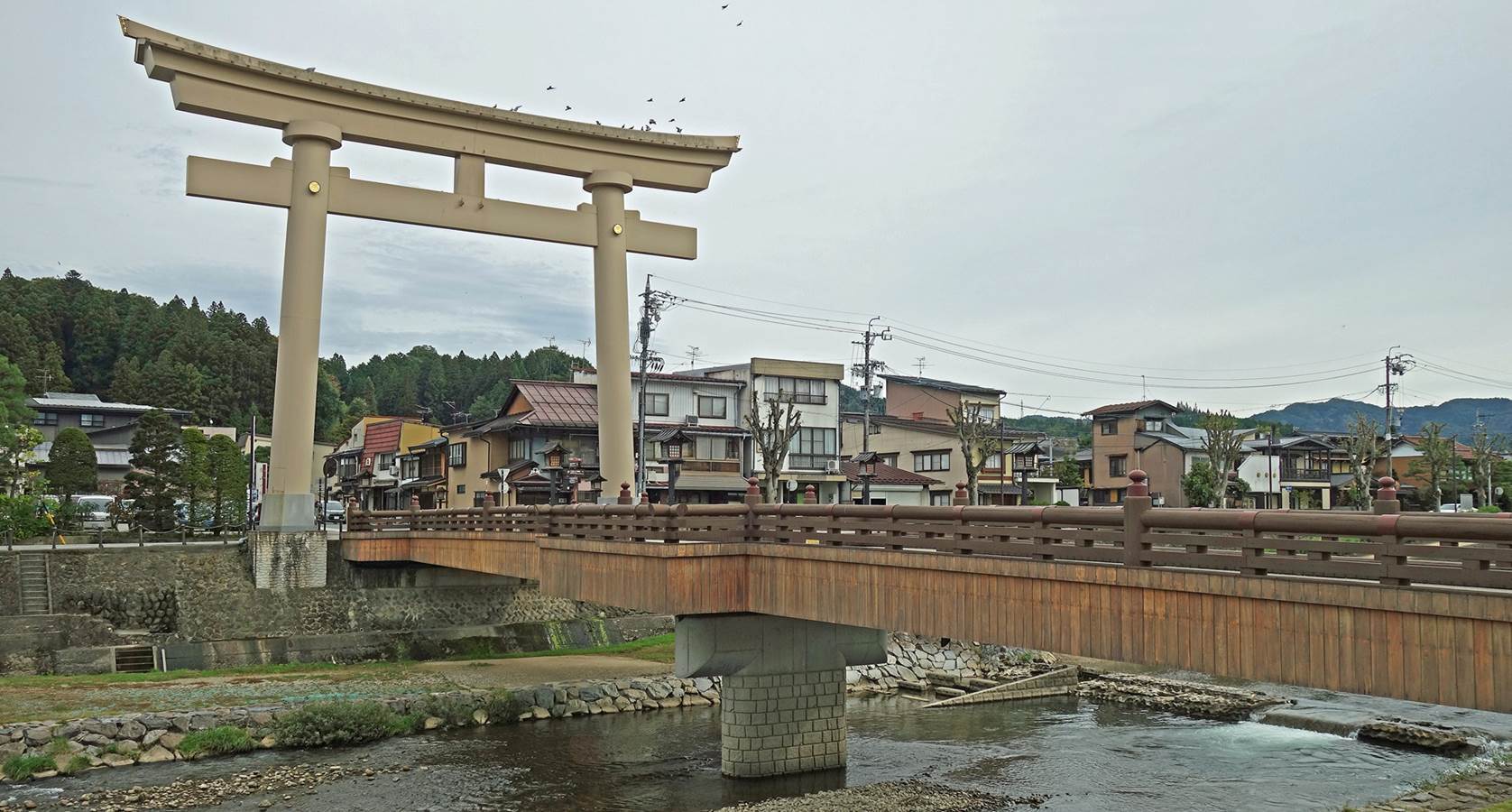
Side-by-side
wooden houses from the Edo period, lined up on both sides of narrow streets.
They produce the most iconic views of old Takayama. The houses are private
homes, shops, sake breweries, or a combination of these.
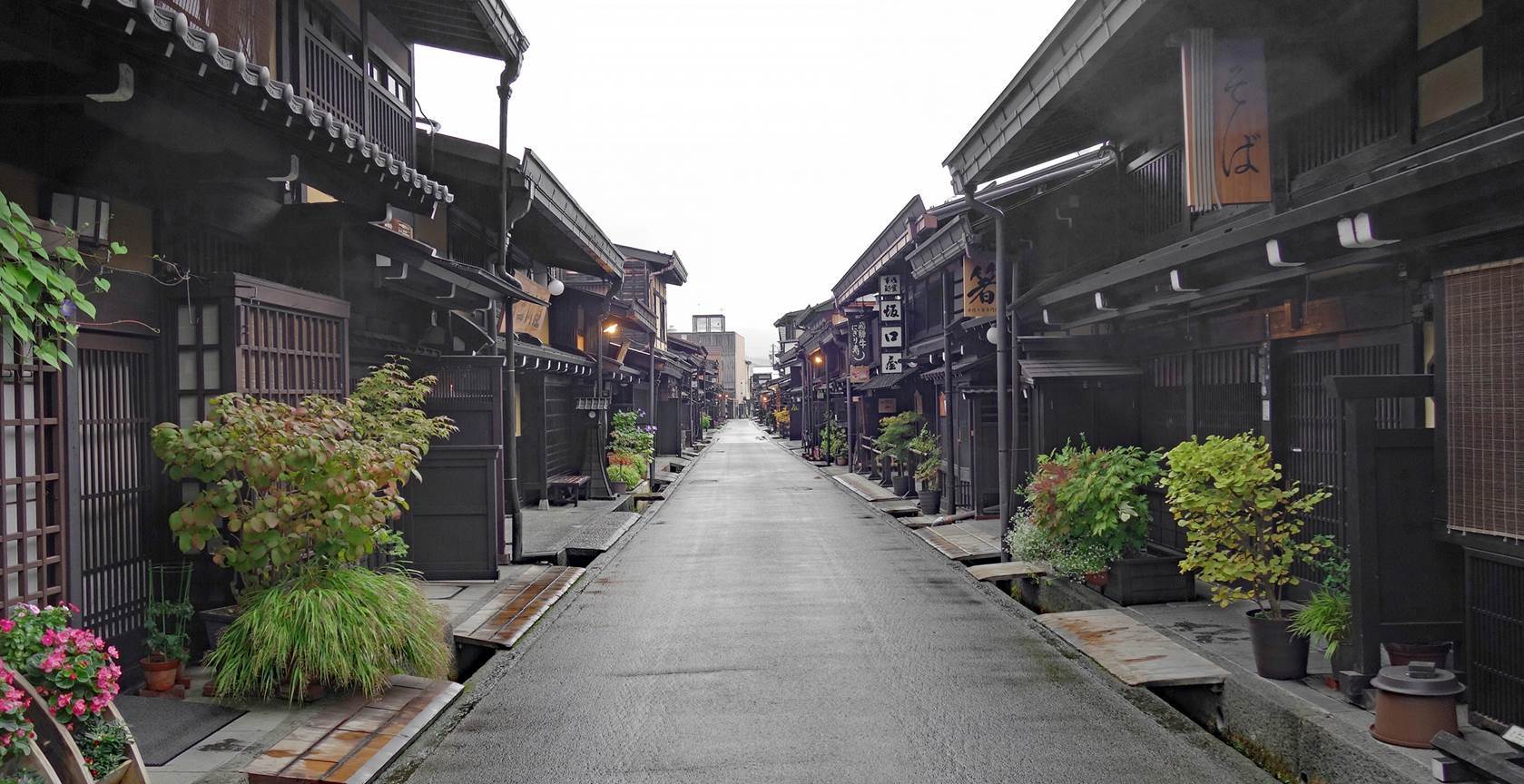
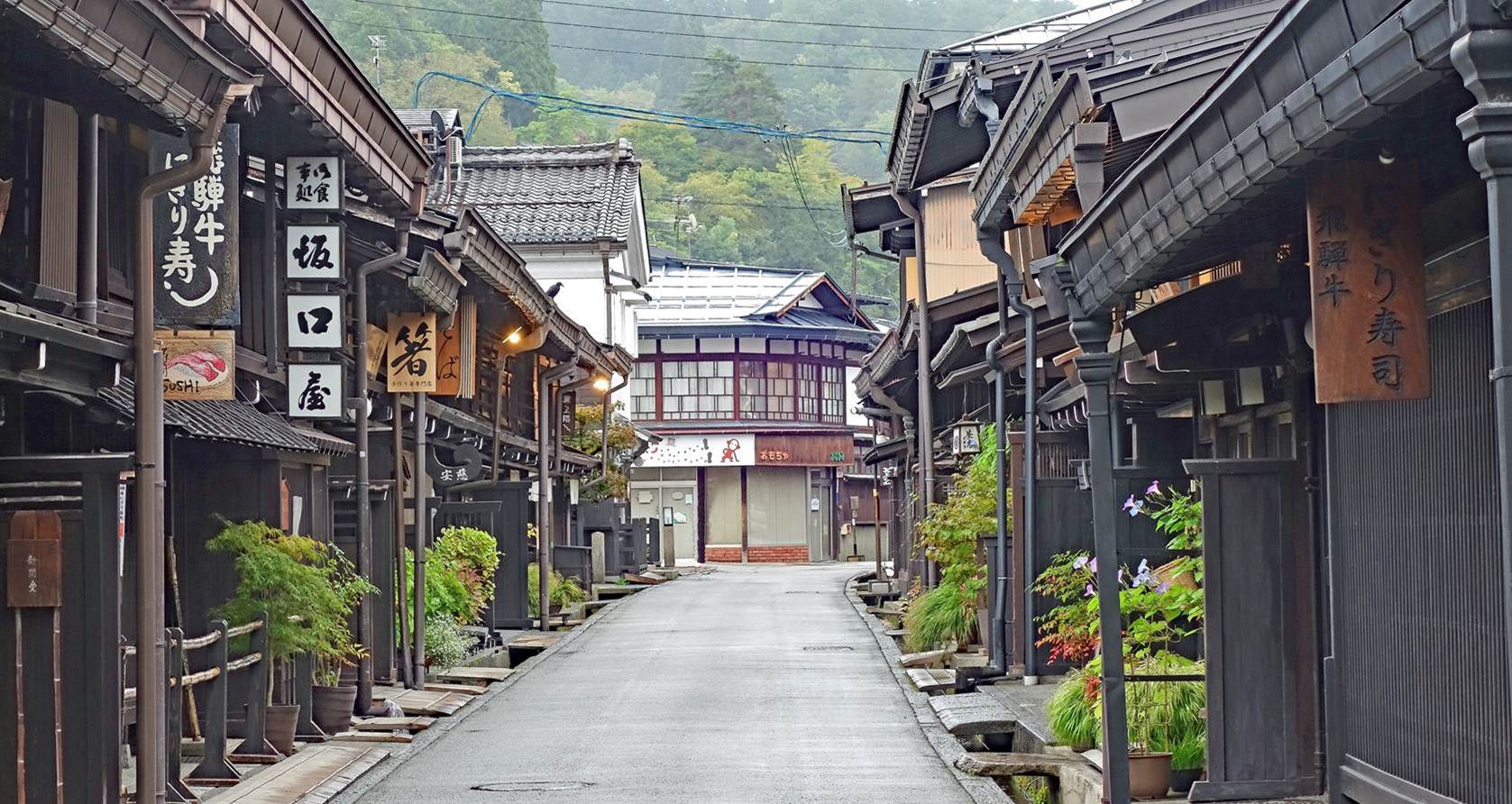
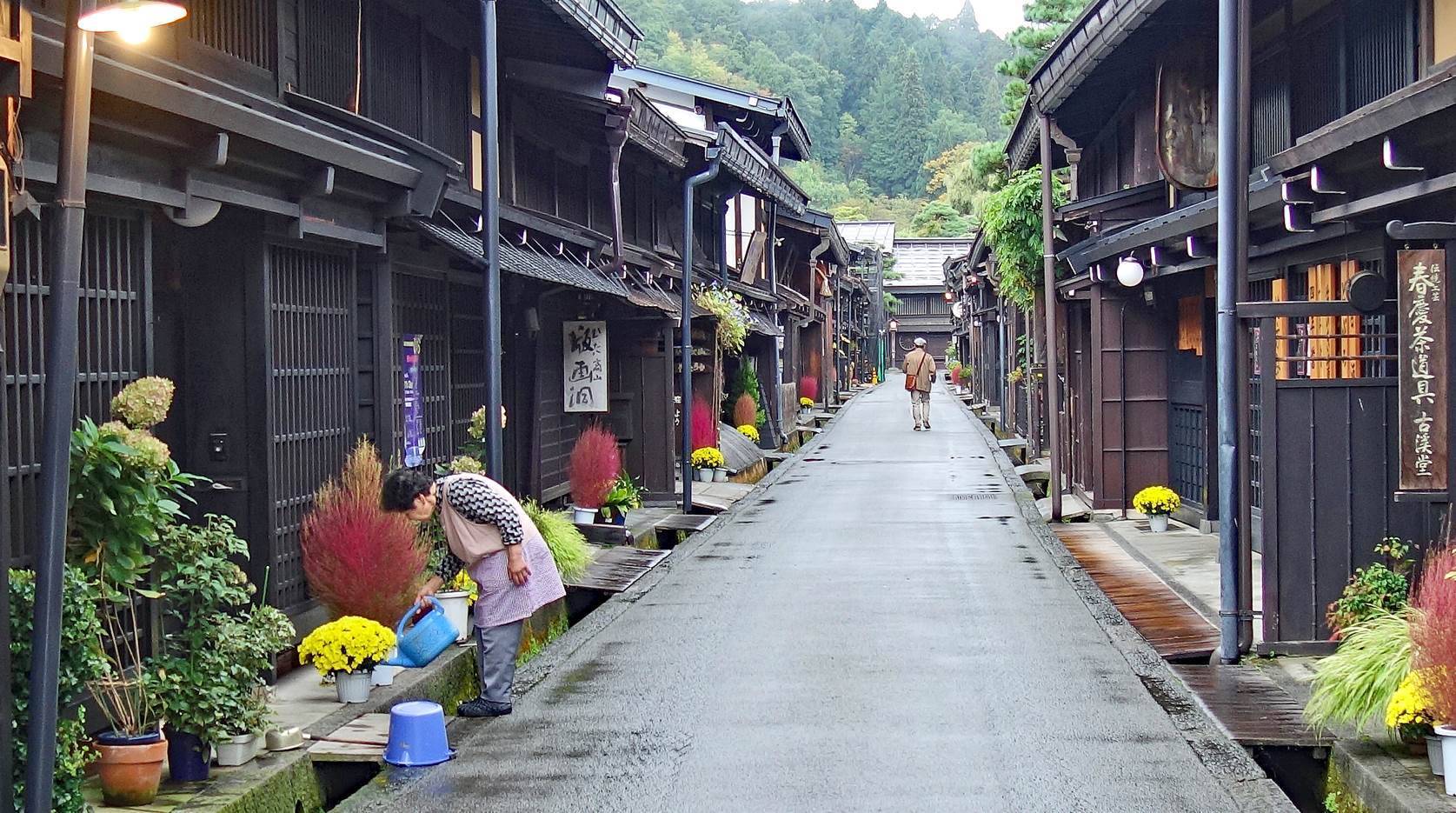

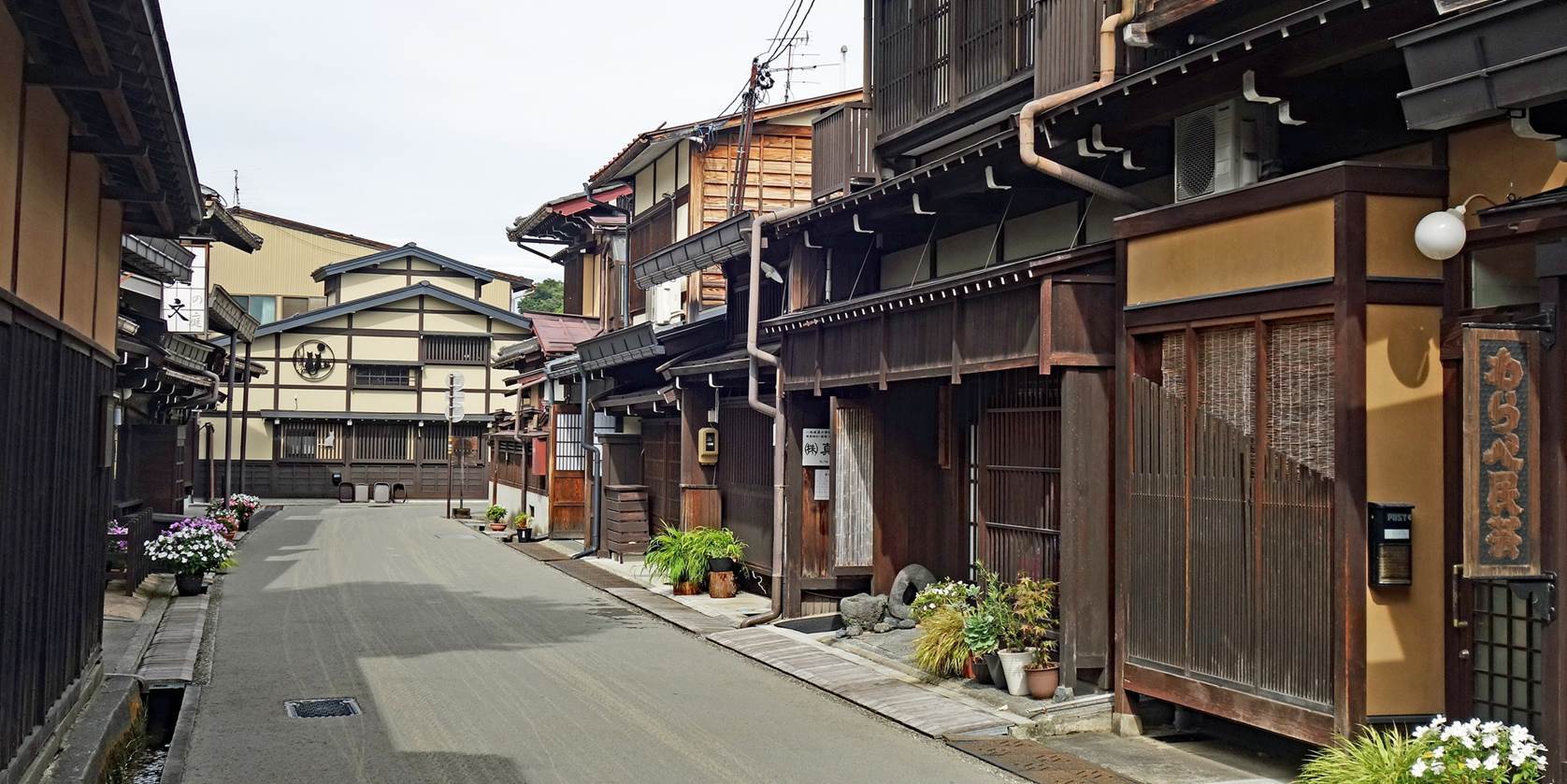
Typical house
facades.
|
|
|
|
|
|
Facade of the
former residence of the Kusakabe family (money lenders).
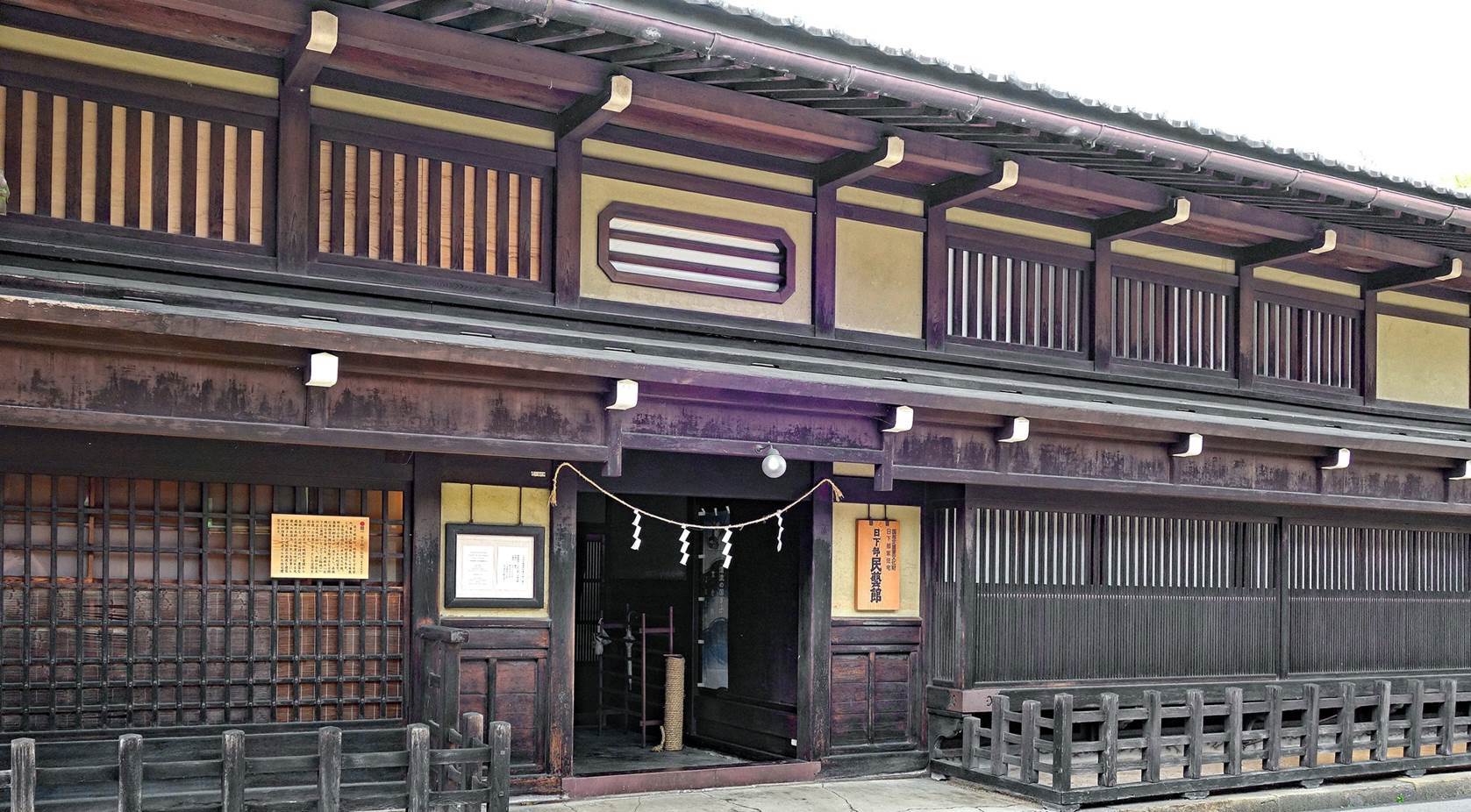
Former
residence of the Yoshijima family, built in 1907 by master carpenter Nushida
Isaburo.
Facade of the
residence. As the sugi-dama ball indicates, the building was also a sake
brewery.
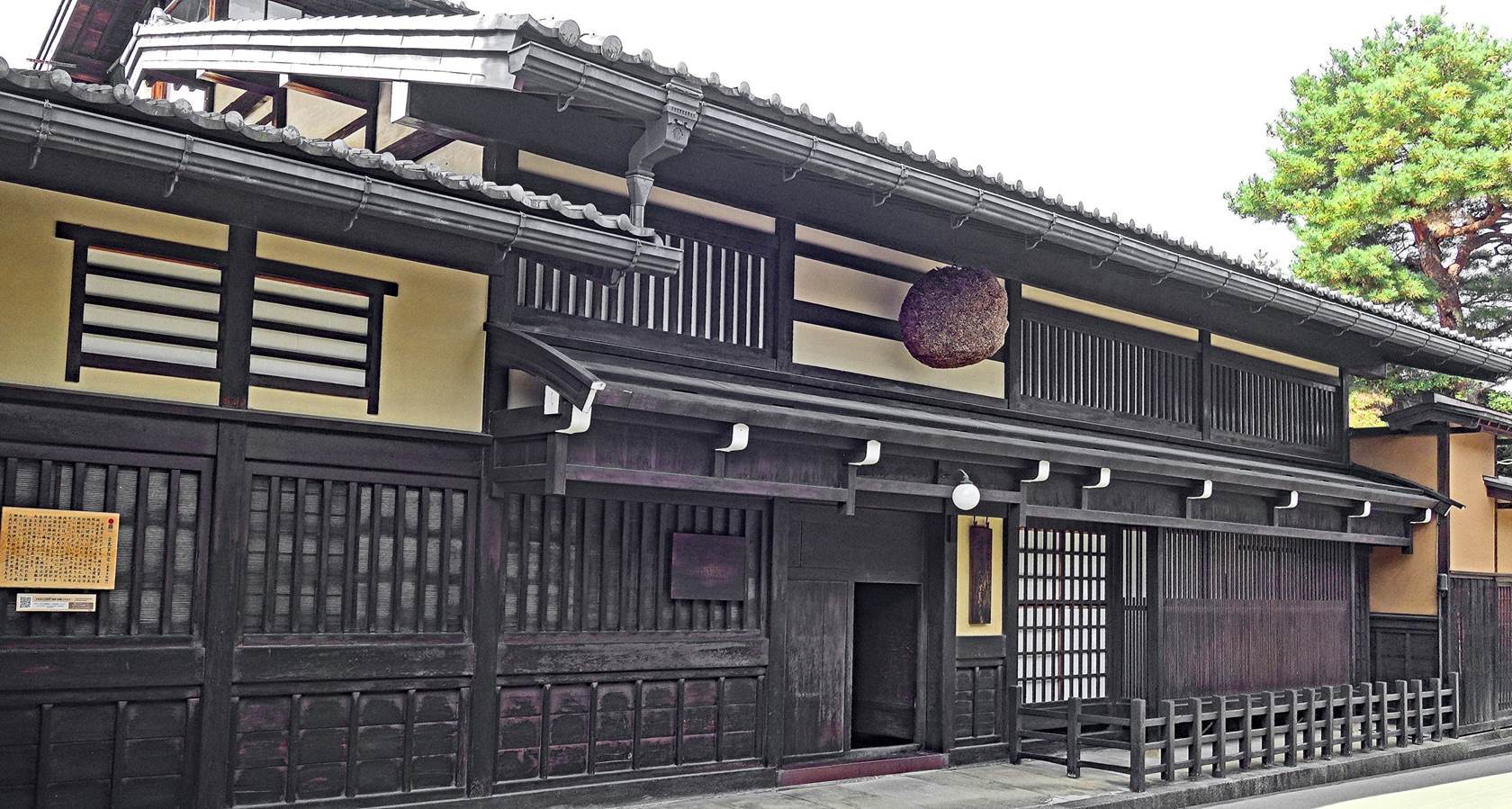
Inside the
Yoshijima house.
|
|
|
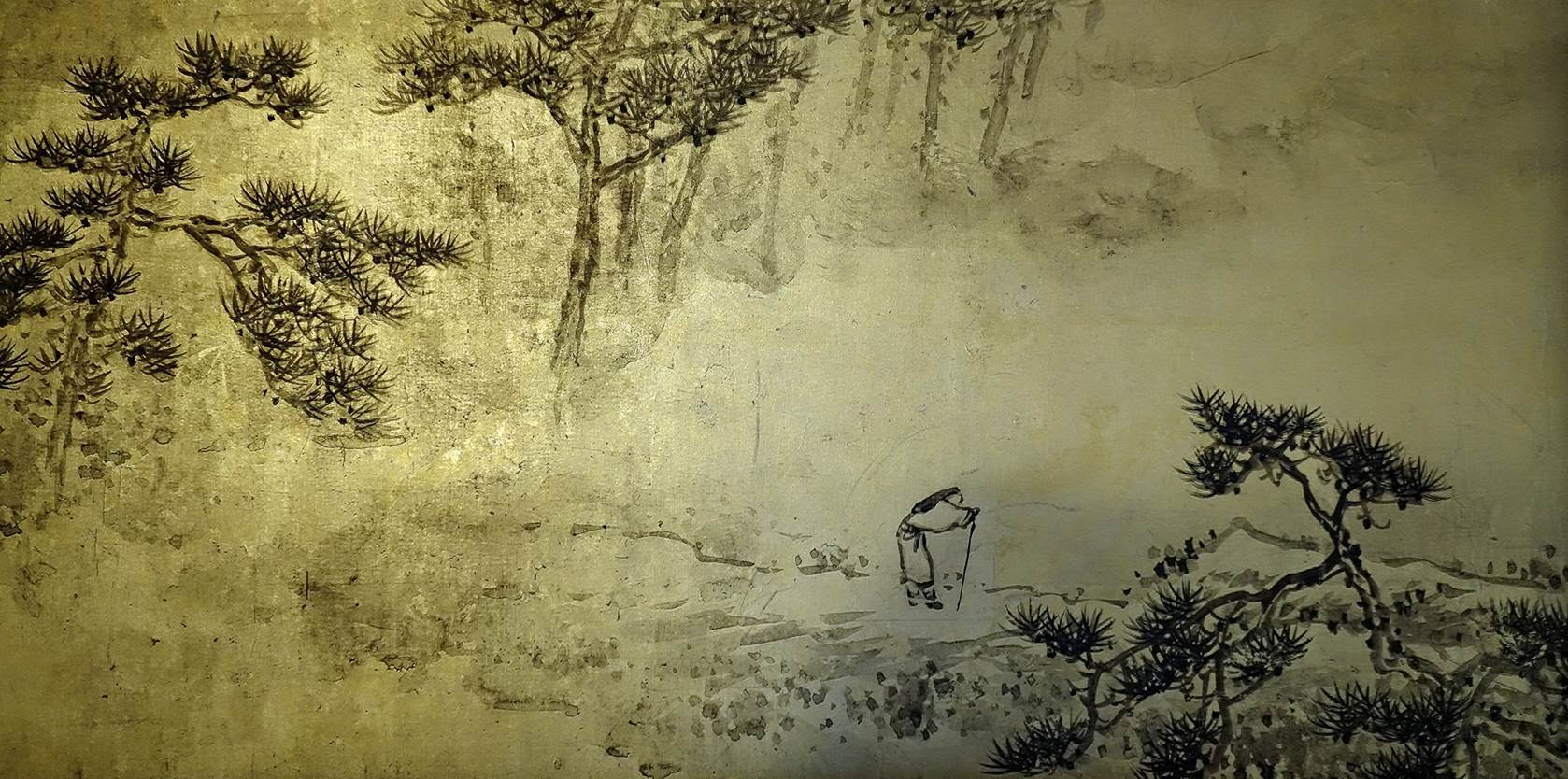
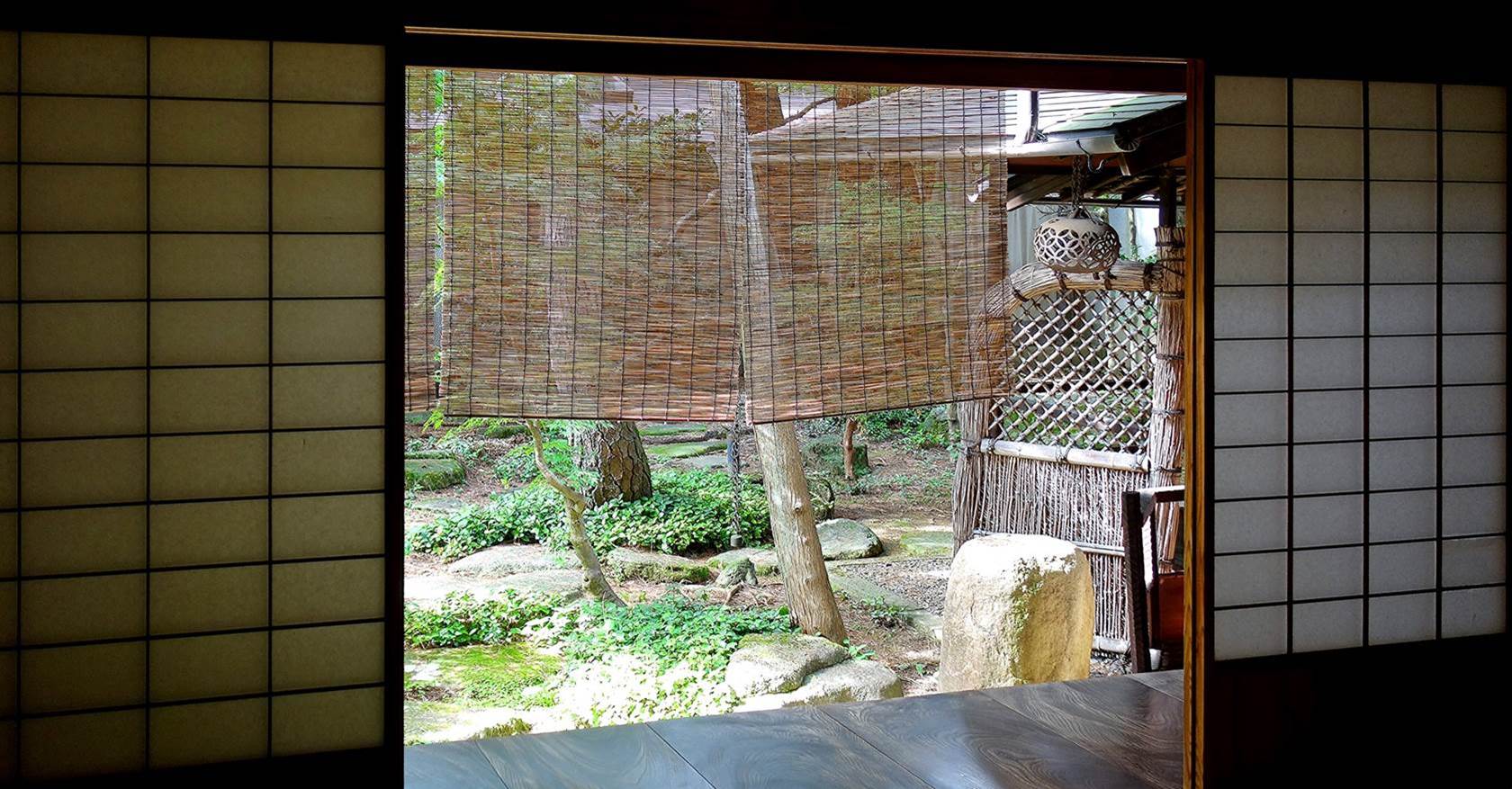
Some shops in
the old town.
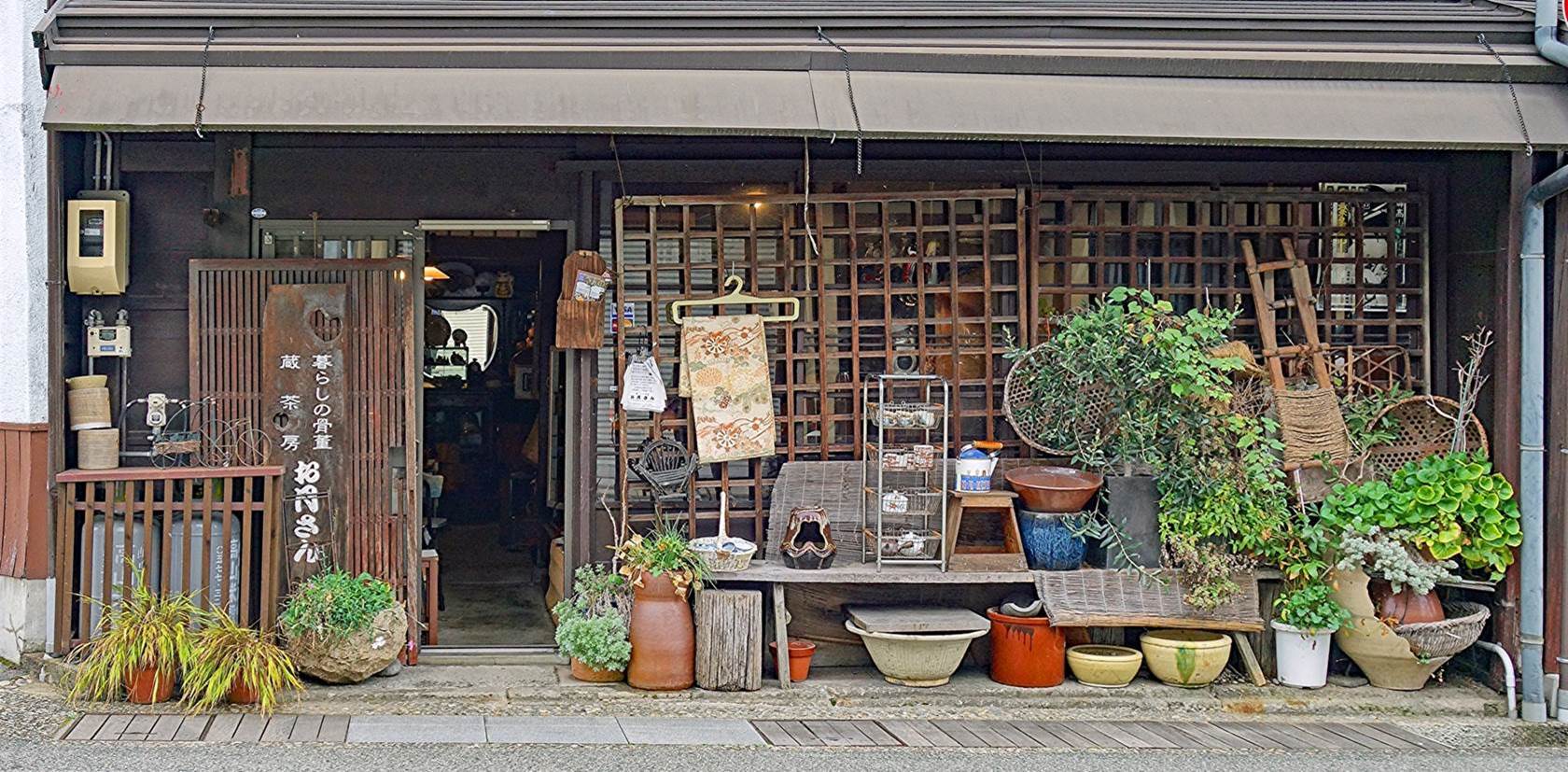
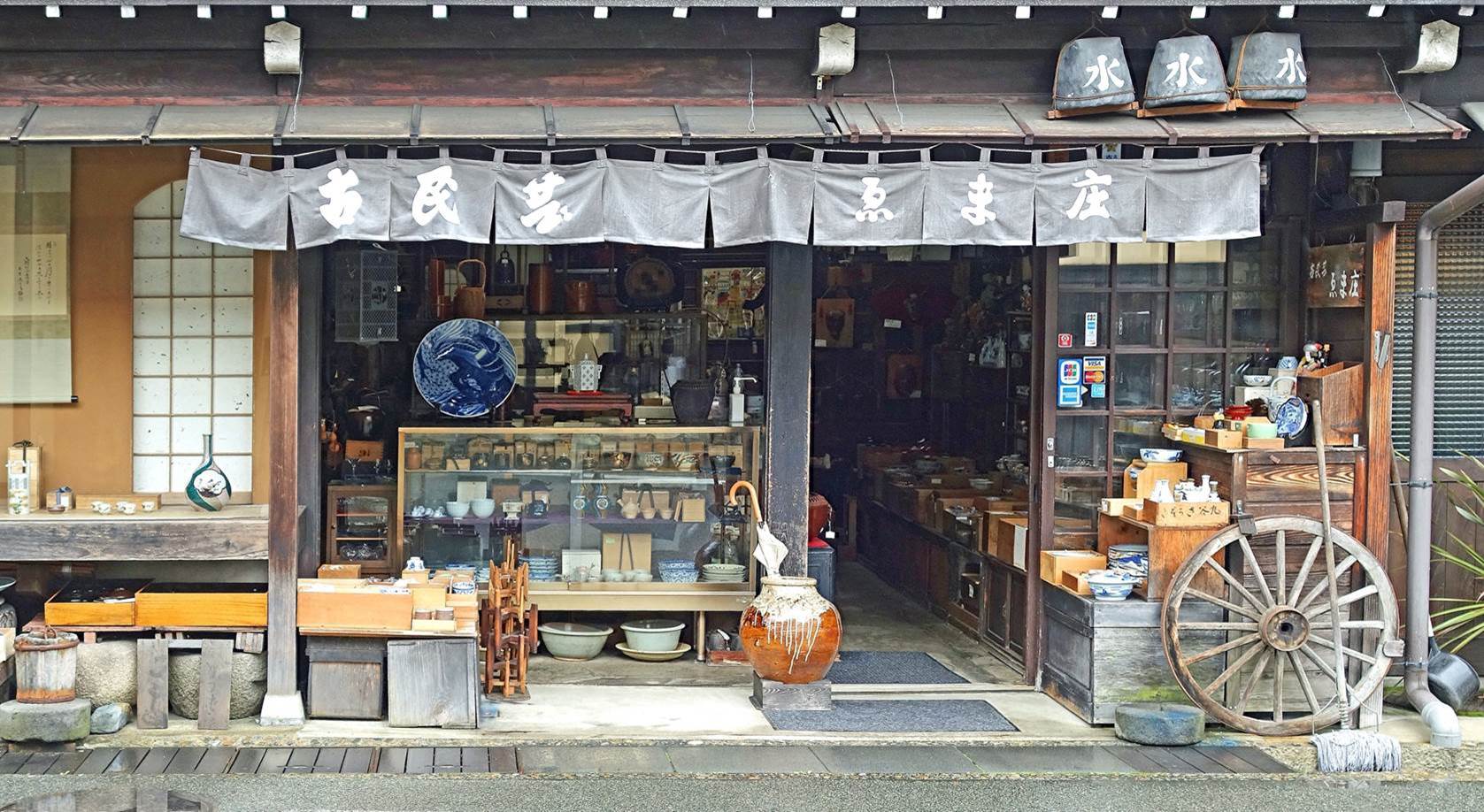
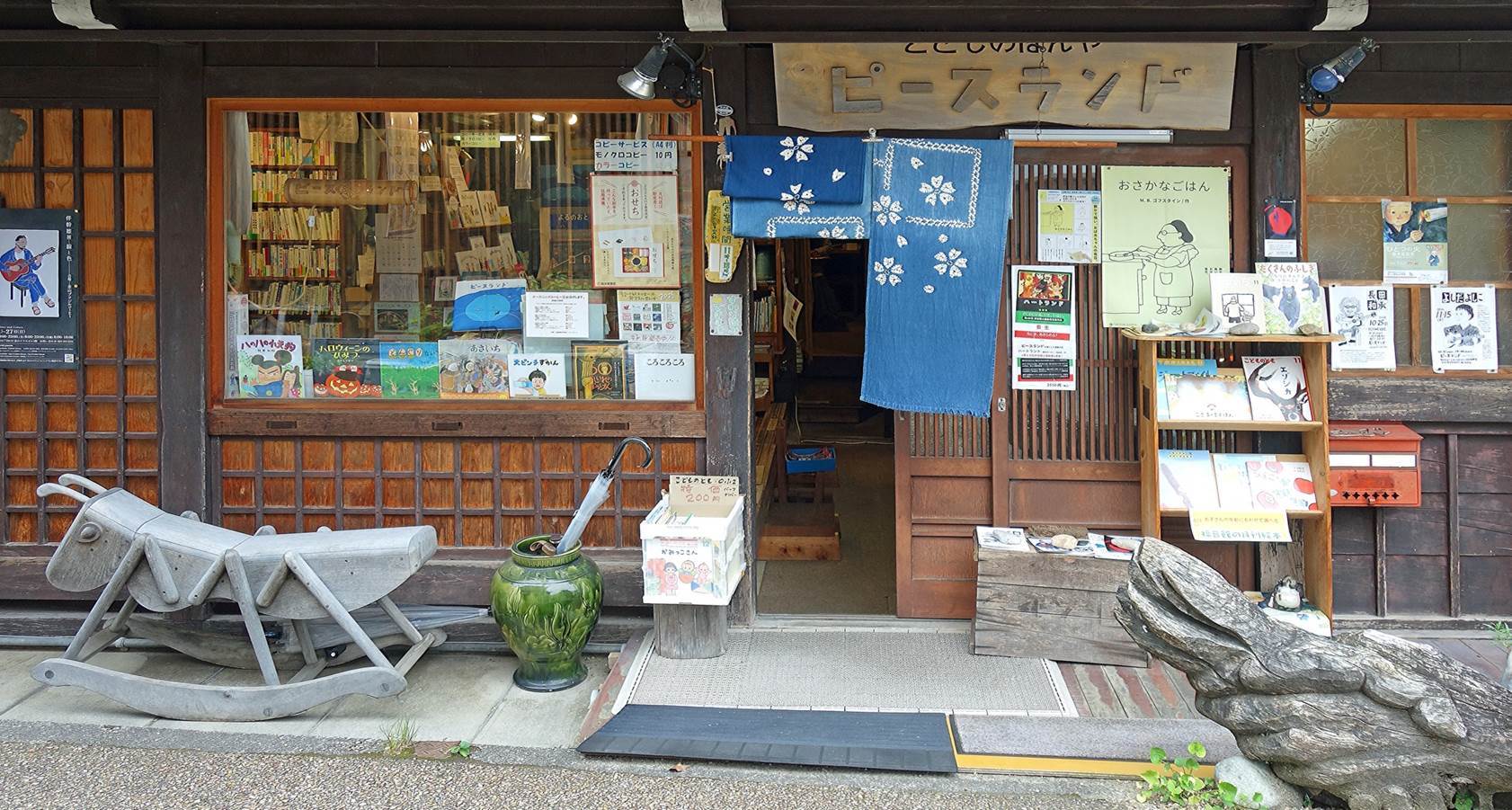
Bookstore
selling children's books.
|
|
|
Sake shops.
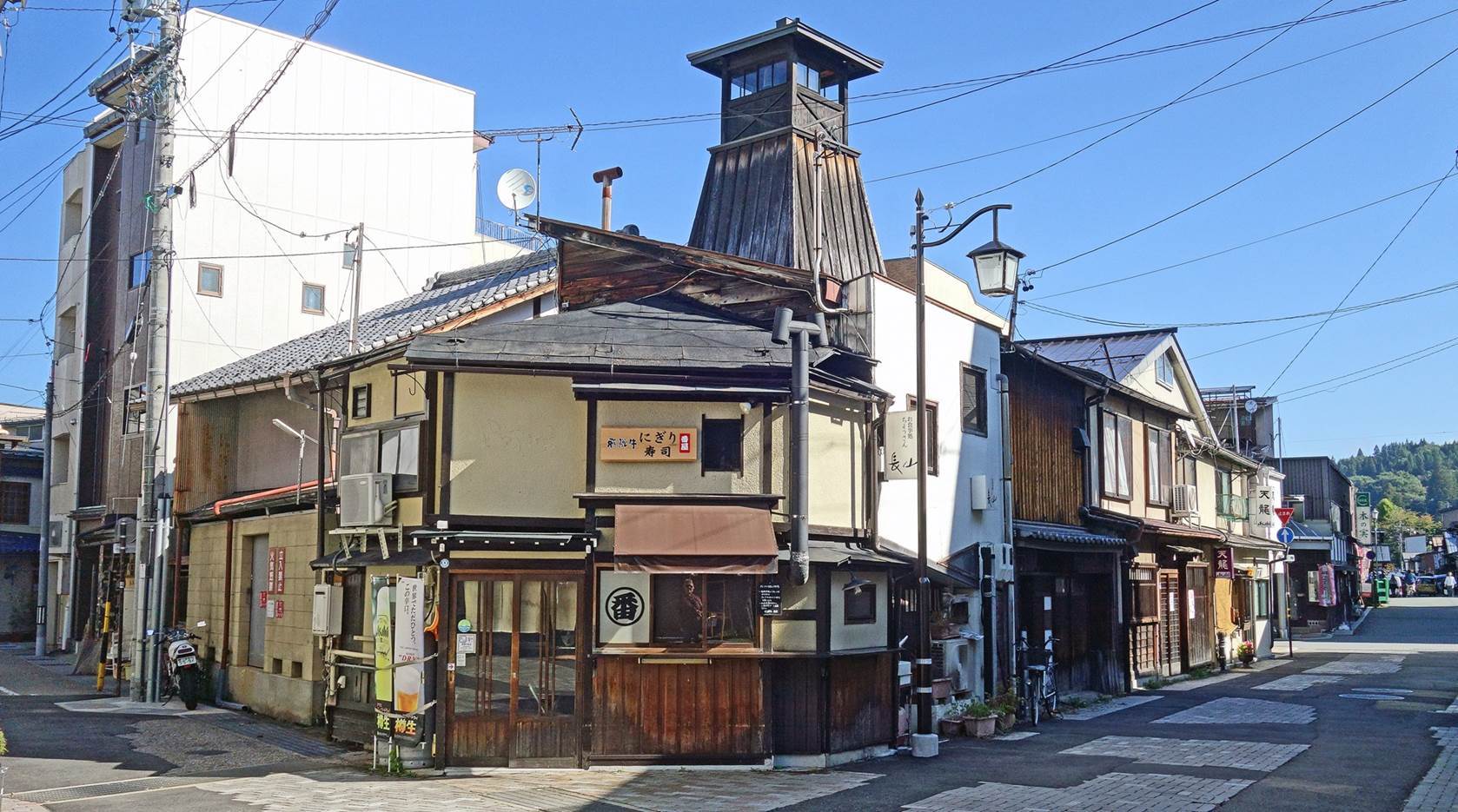
Located on the
southwest corner of the old town, Takayama Jinya is a large building that
served as the local office of the Edo Bakuku (the Tokugawa shogunate
government) between 1692 and 1868 to perform administrative business, including
finance, tax collection, police action, and forest management in the Takayama
domain. Now transformed into a museum displaying old official documents, maps,
and bureaucrat belongings, it still feels a lot like what it once was, a temple
of bureaucracy.
Two
representations of wave patterns at the entrance of Takayama Jinya: first a
large area of raked gravel outside, then a mural inside the building.
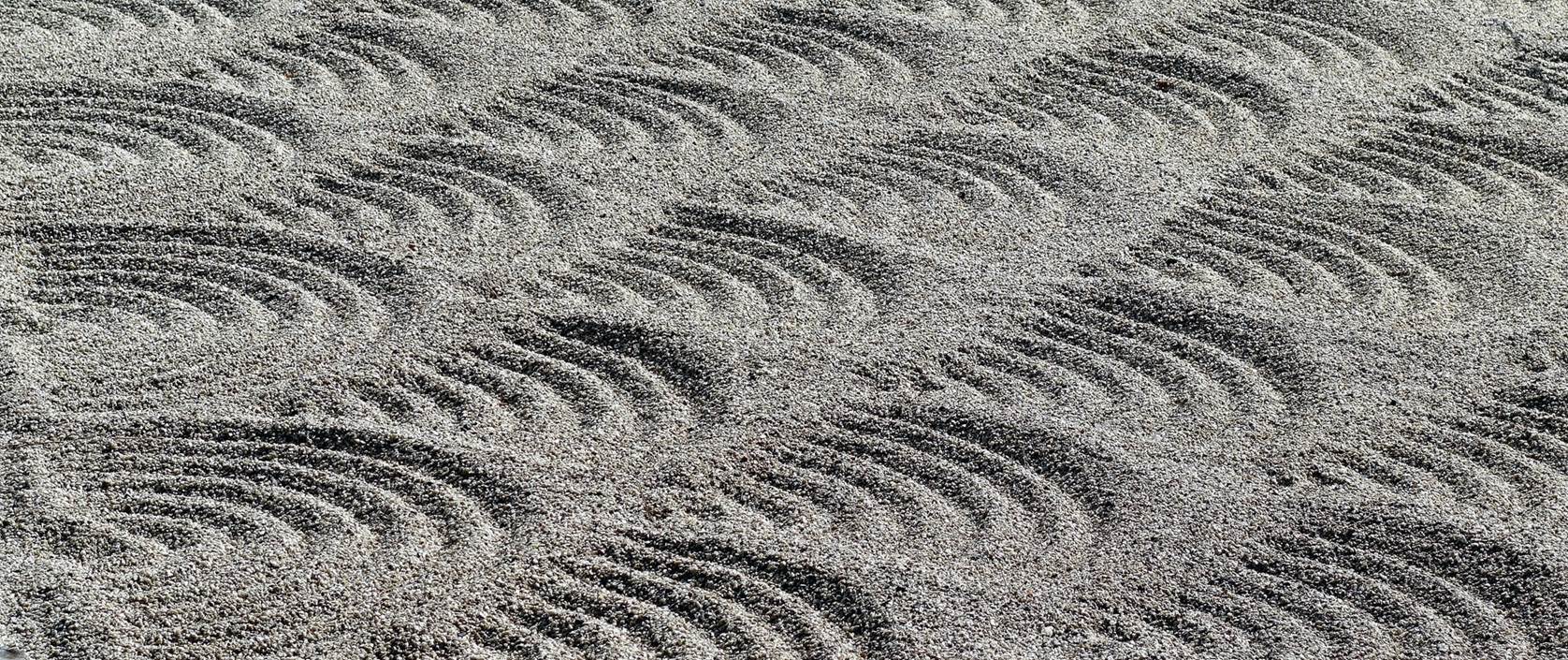
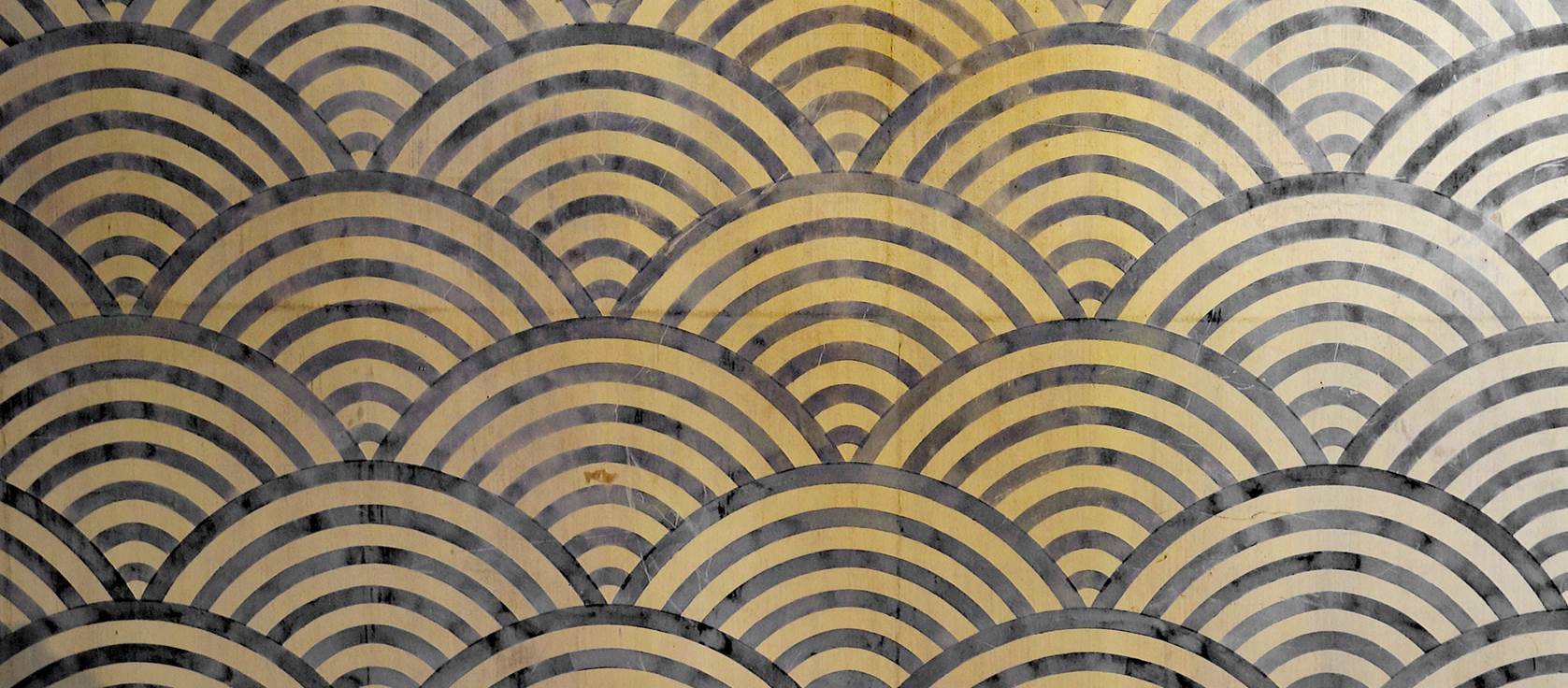
Tatami room
overlooking a garden, one of the few eye-pleasing sights in the building.

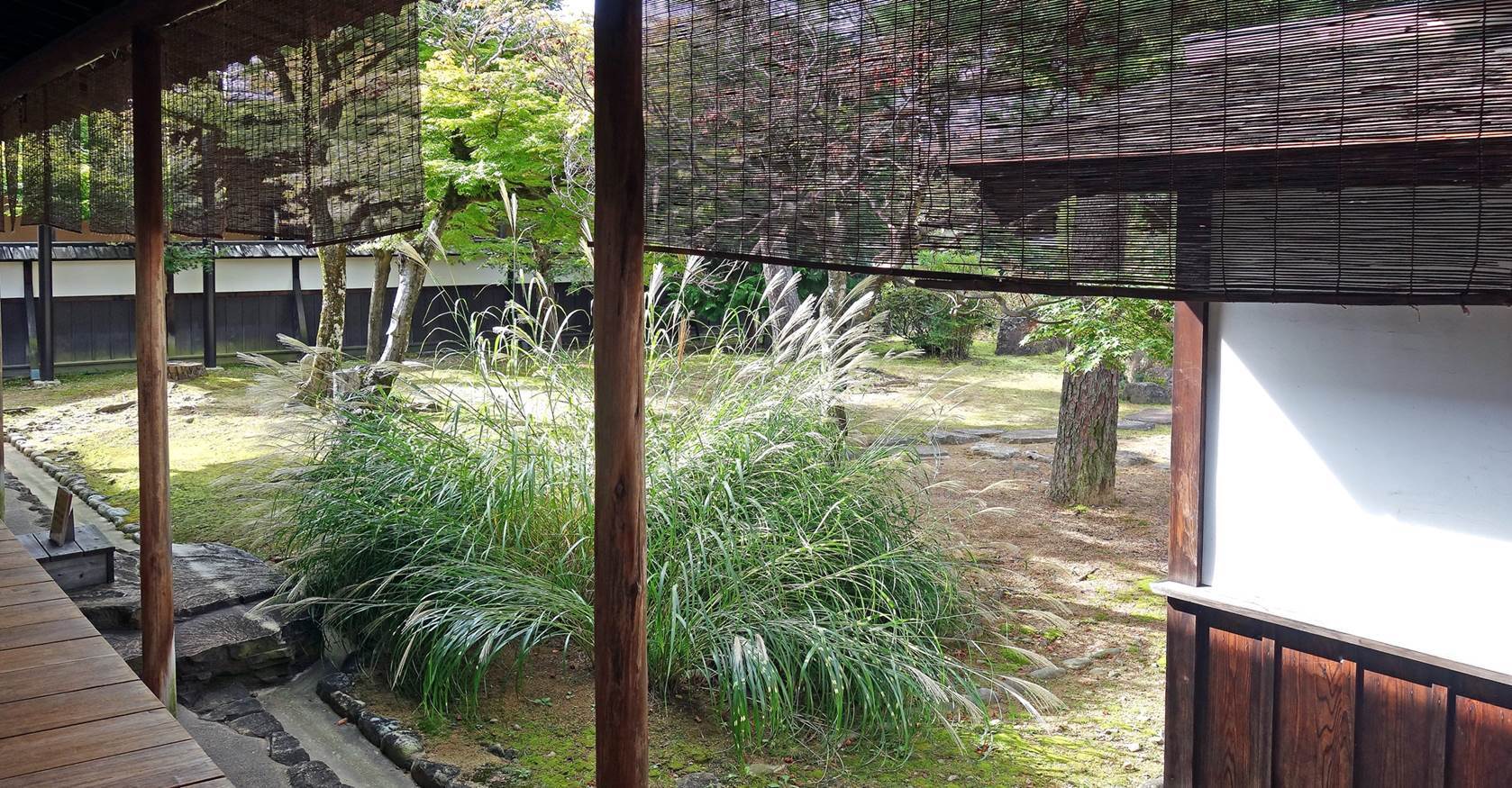
Straw rice
sacks in the storeroom of Takayama Jinya. Such rice sacks were collected as
taxes from farmers.

Photos taken
during walks east of the historic old town, mainly along the small Enako river, a less visited area of Takayama.
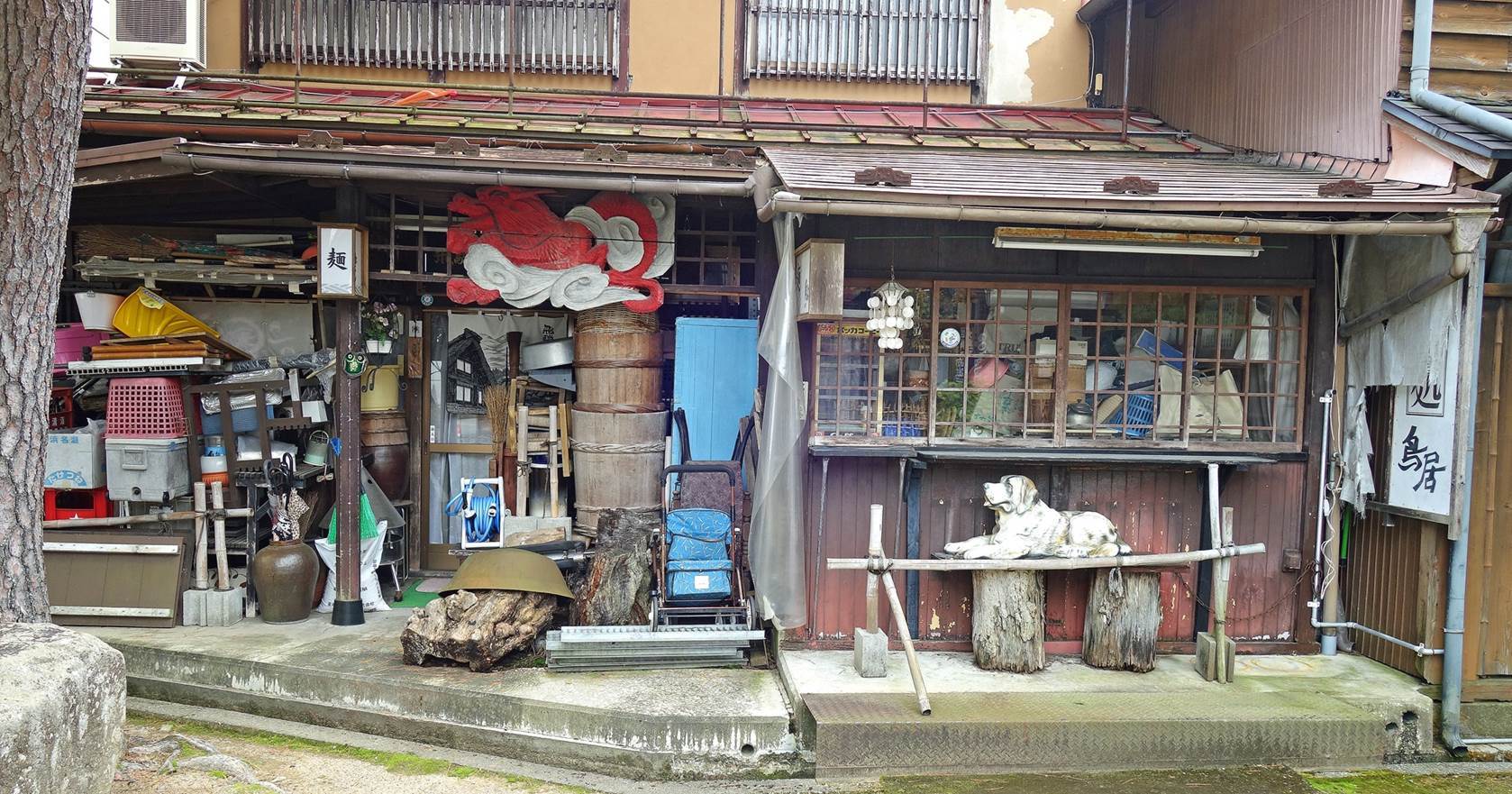
Is this a
shop? The back of a house? Hard to tell.
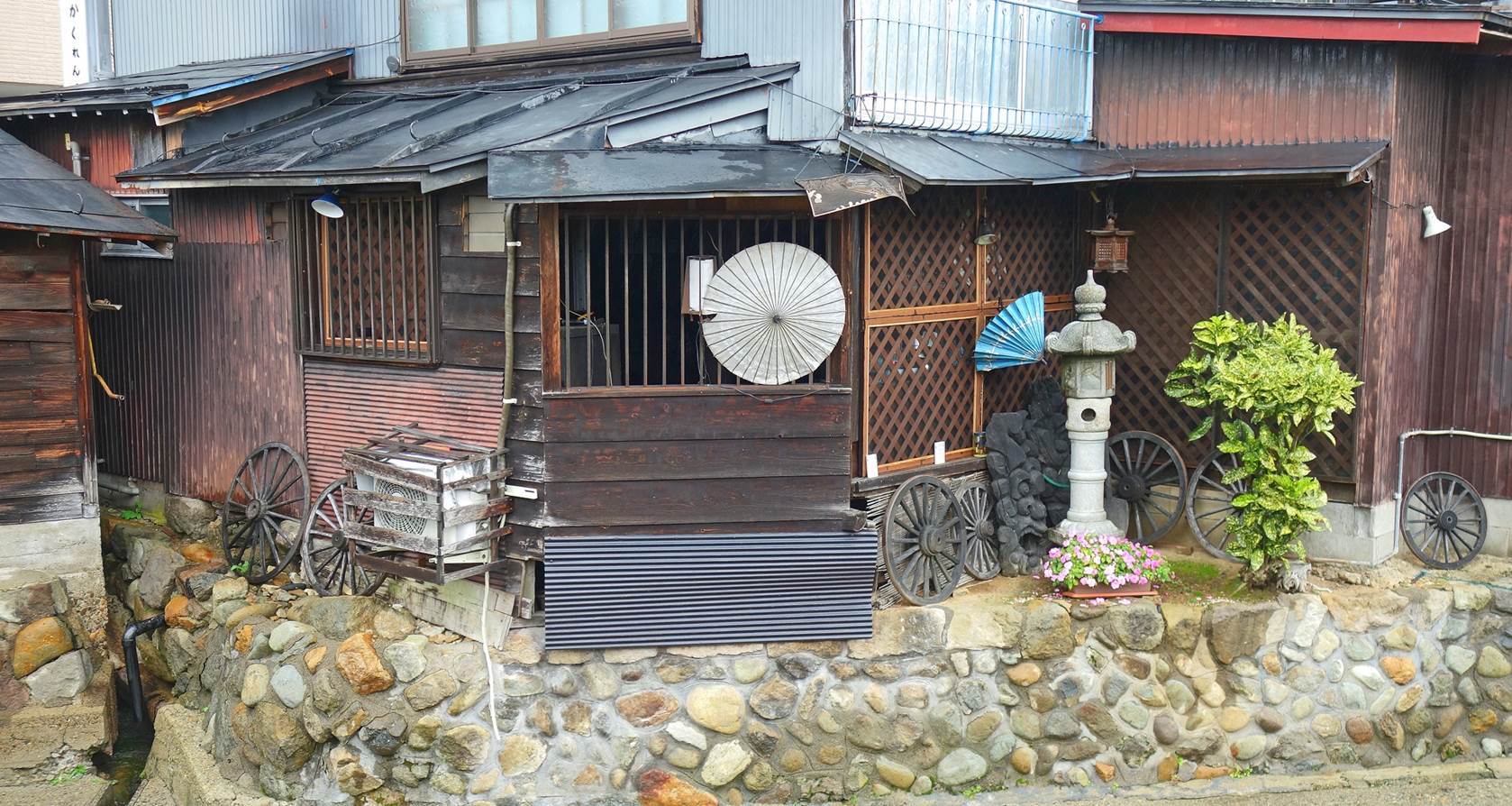
Back of a
house on the banks of the Enako river.
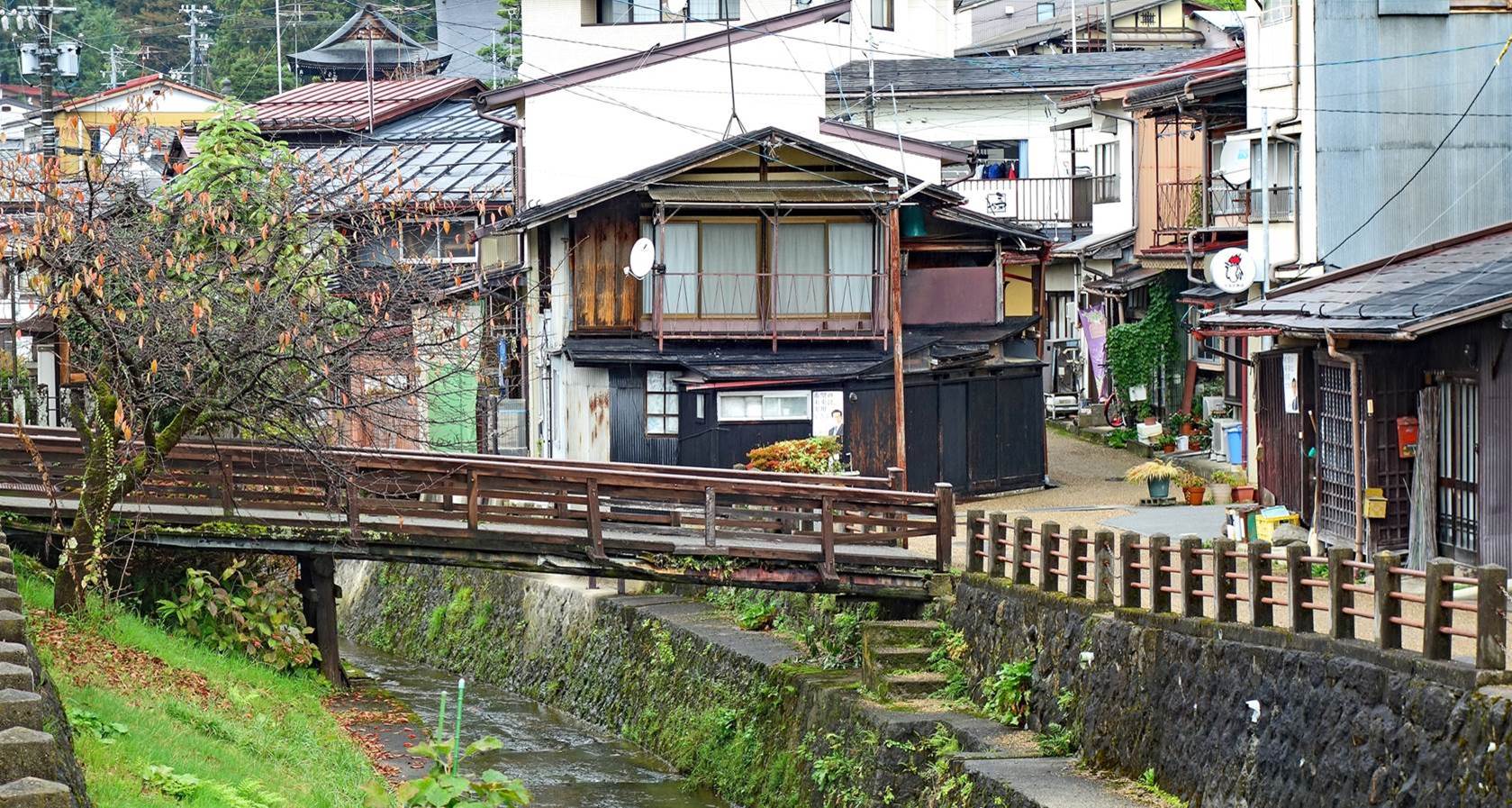
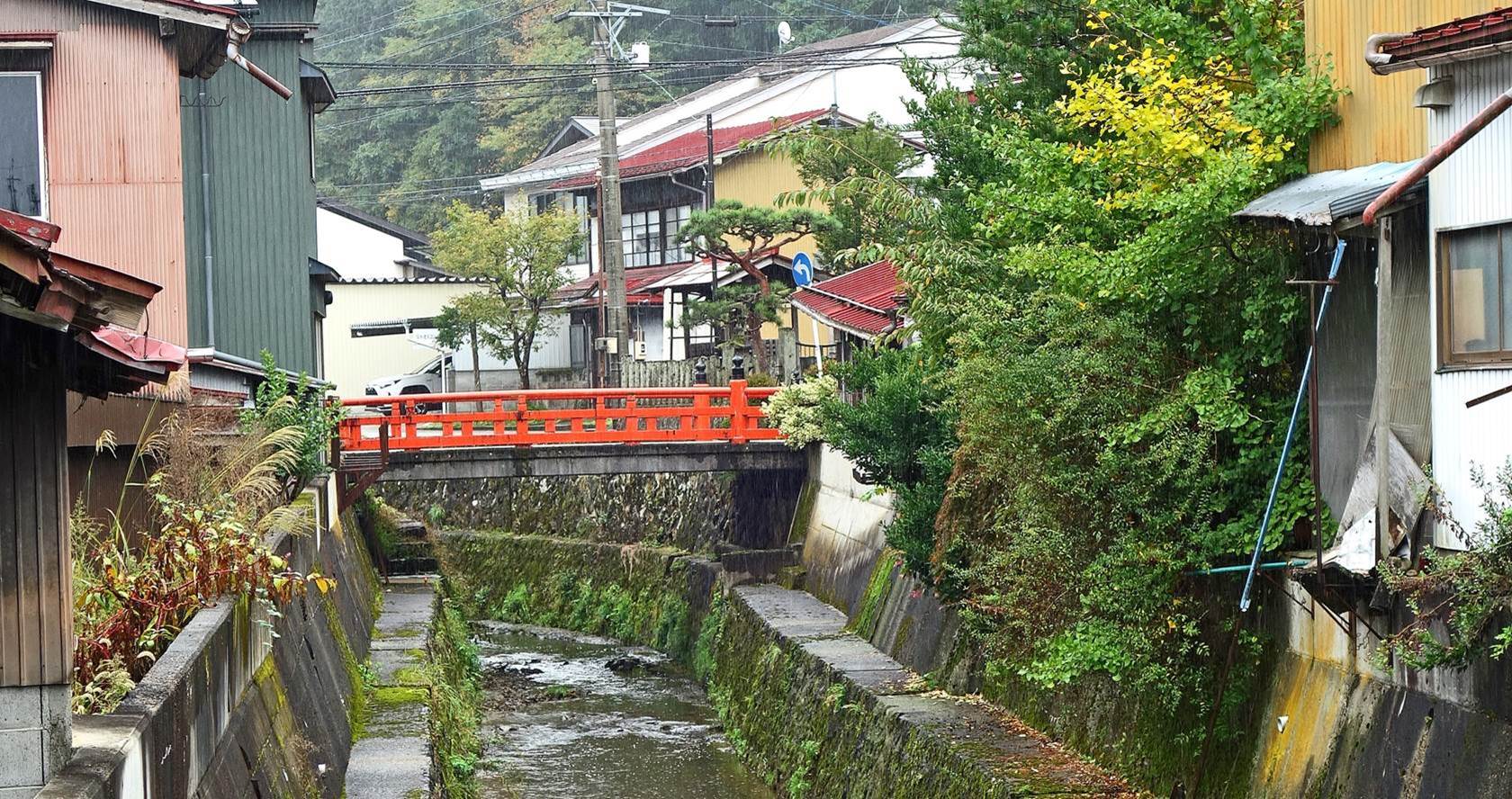
Bridges over
the Enako river.
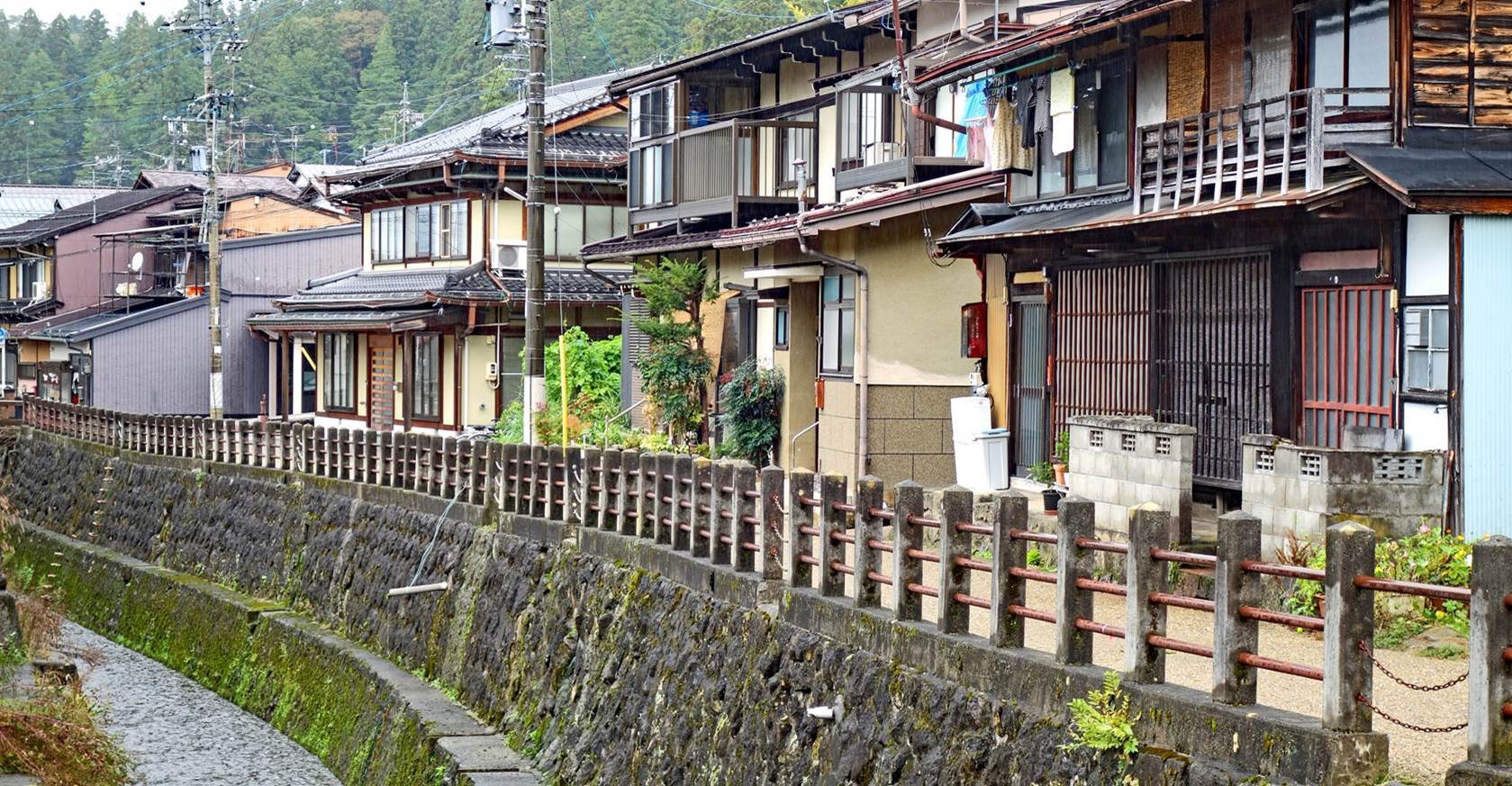
Sakurayama Hachimangu shrine (Shinto).
Located north
of the old town, it is dedicated to Emperor Ojin, the kami protecting Takayama.
Its building is mainly made of ineki (Japanese cypress) wood.
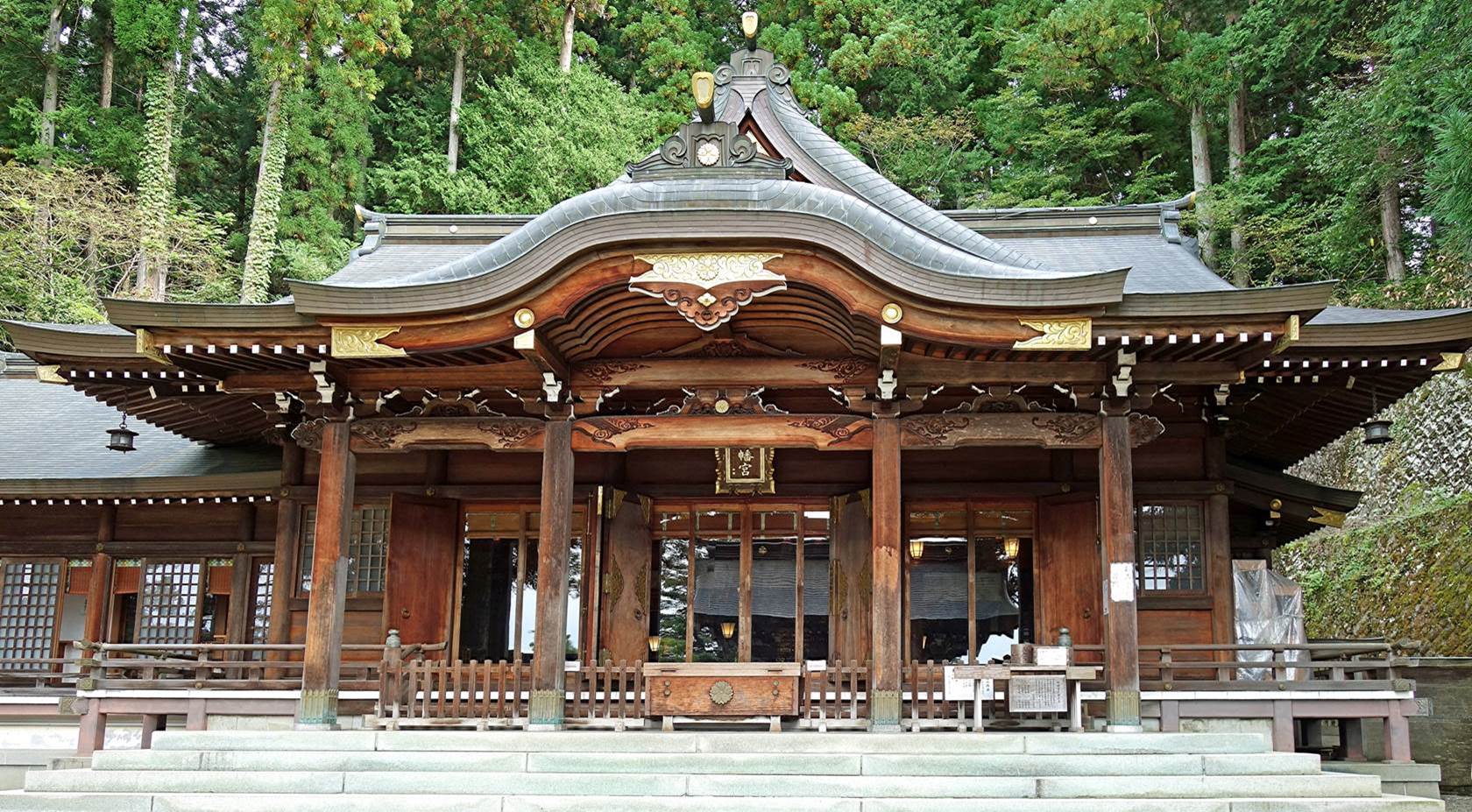
Tangle of
roofs.
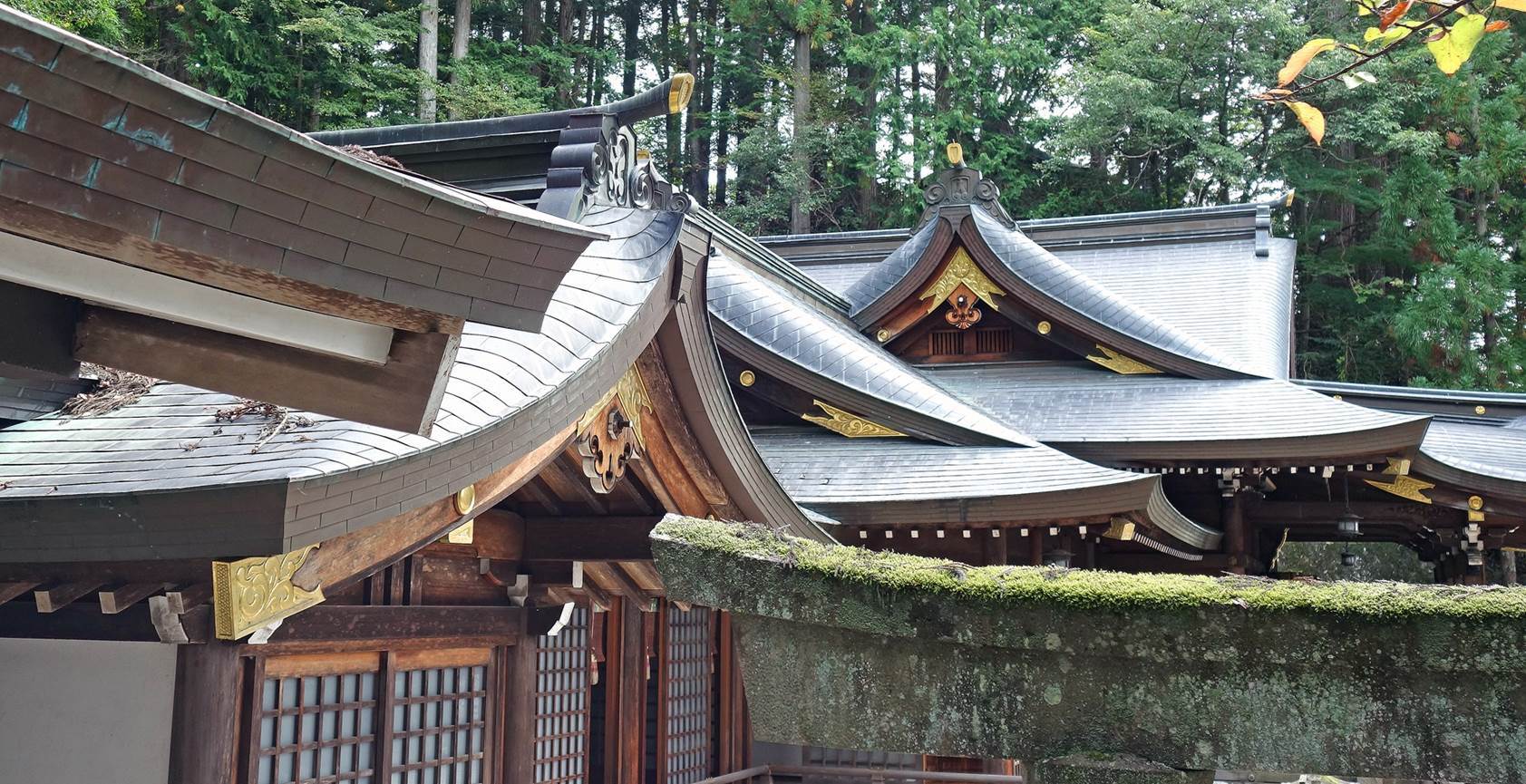
Paintings on
wood panels in a small Inari shrine located on the grounds of the Hachimangu
shrine.
|
|
Sanmon of the
Daiou-ji temple and its two Nyo. Located on the eastern side of the old town,
it belongs to Jodo sect of Buddhism. It is one of a series of Buddhist temples
built on a slope above the Enako river.
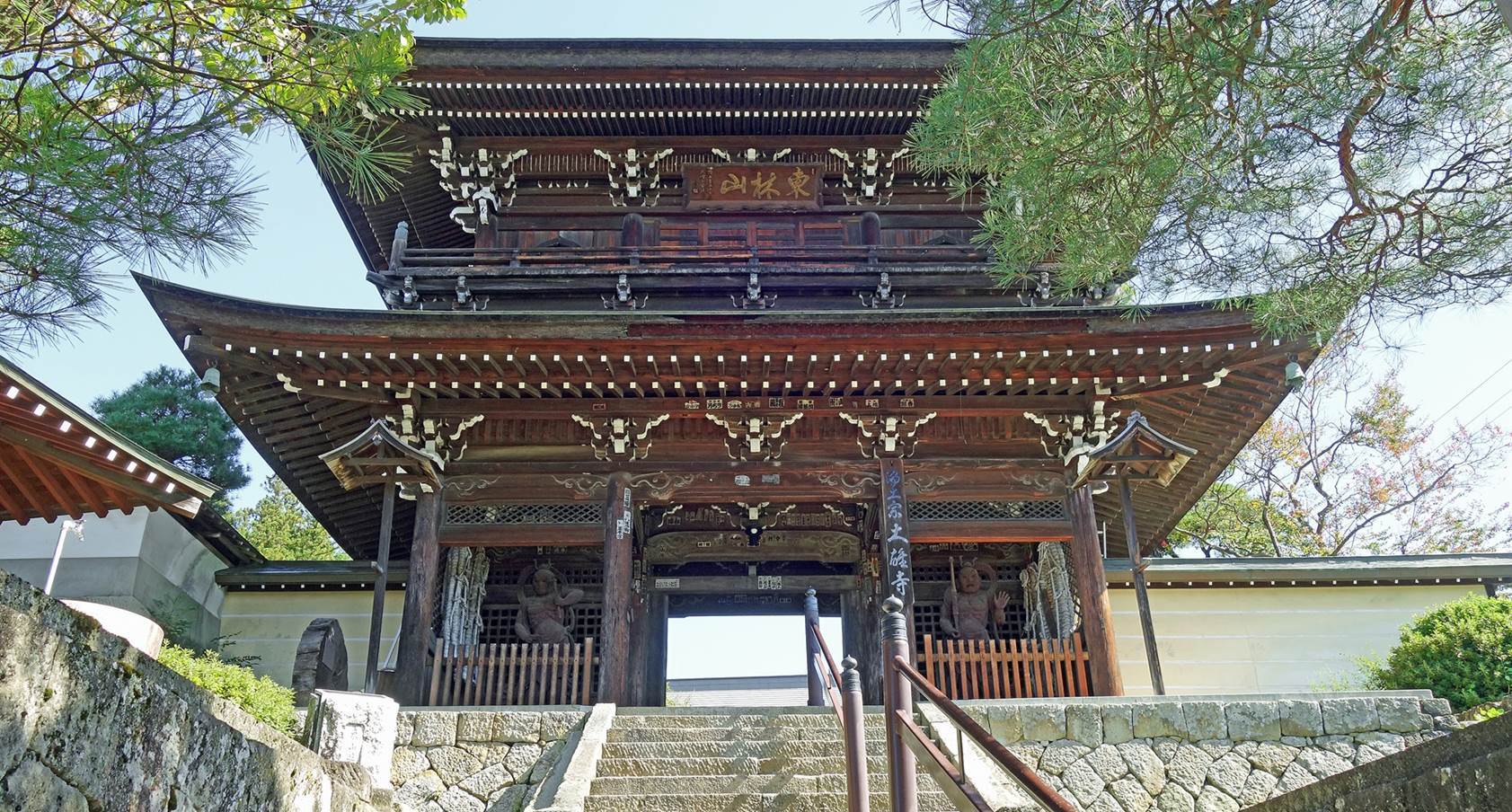
|
|
|
Note the
giant waraji next to the Nyo. A type of sandal made of rice straw rope, waraji
were common footwear in Japan until the 19th century.
Just a few of
the many miniature shrines (kamidana) scattered throughout the old town.
|
|
|
|
|
|
|
Hida no Sato.
Located on mountain slopes a short distance west of Takayama, Hida no
Sato is an open-air museum gathering traditional Edo-period rural houses. These
houses were moved in 1971 from their original locations in the Hida mountain
region. They include several multi-story farmhouses called gassho-zukuri
(literally ″praying-hands construction″) with thick thatched roofs
pitched at a steep 60-degree angle to allow snow to slide off easily.
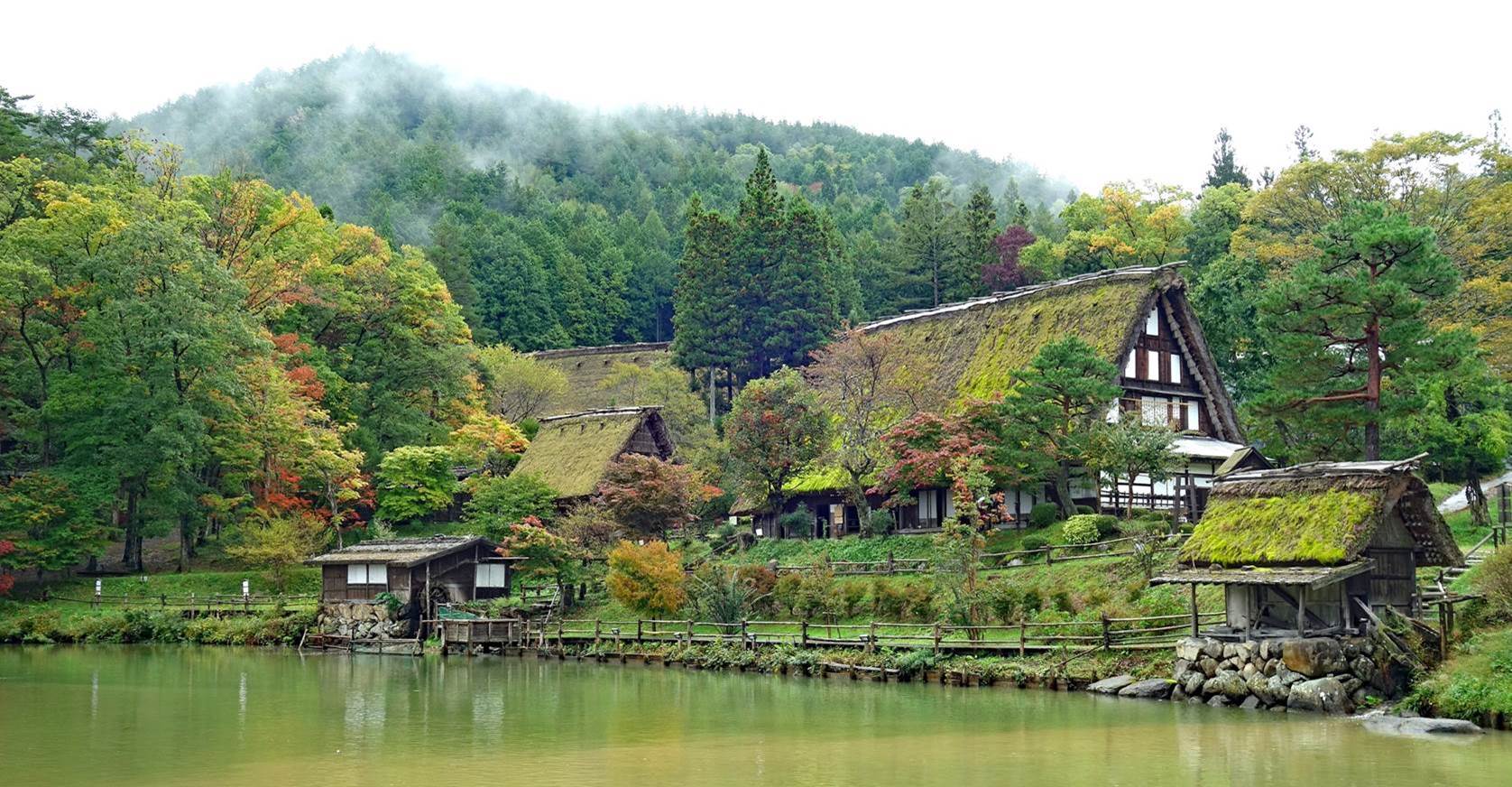
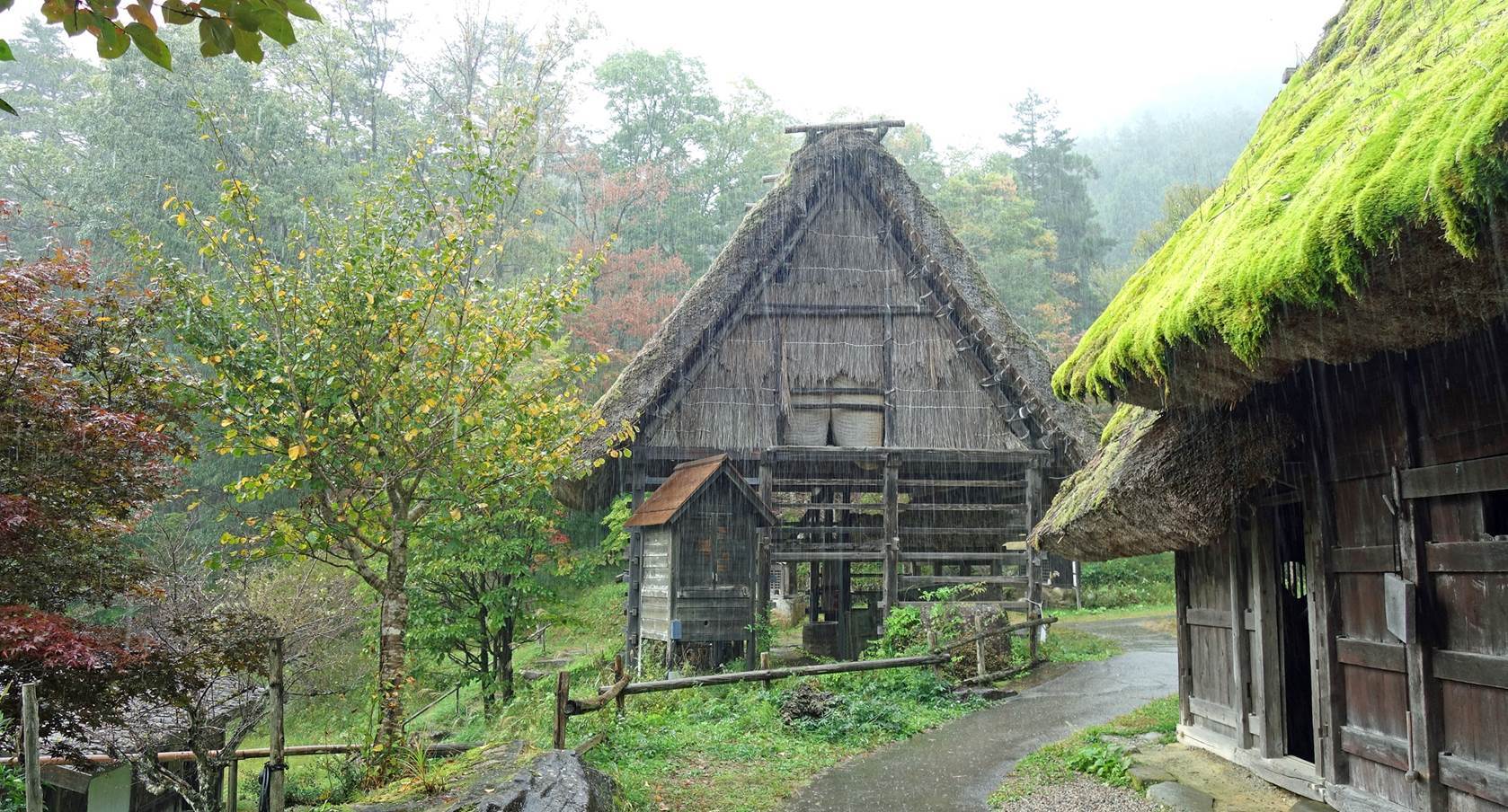
|
|
|
|
|
|
Water-powered lever grain grinder.
|
|
|
Watermill.
Takumi shrine at the top of Hida no Sato, with its two guardians.
|
|
|
|
|
|
![]()
